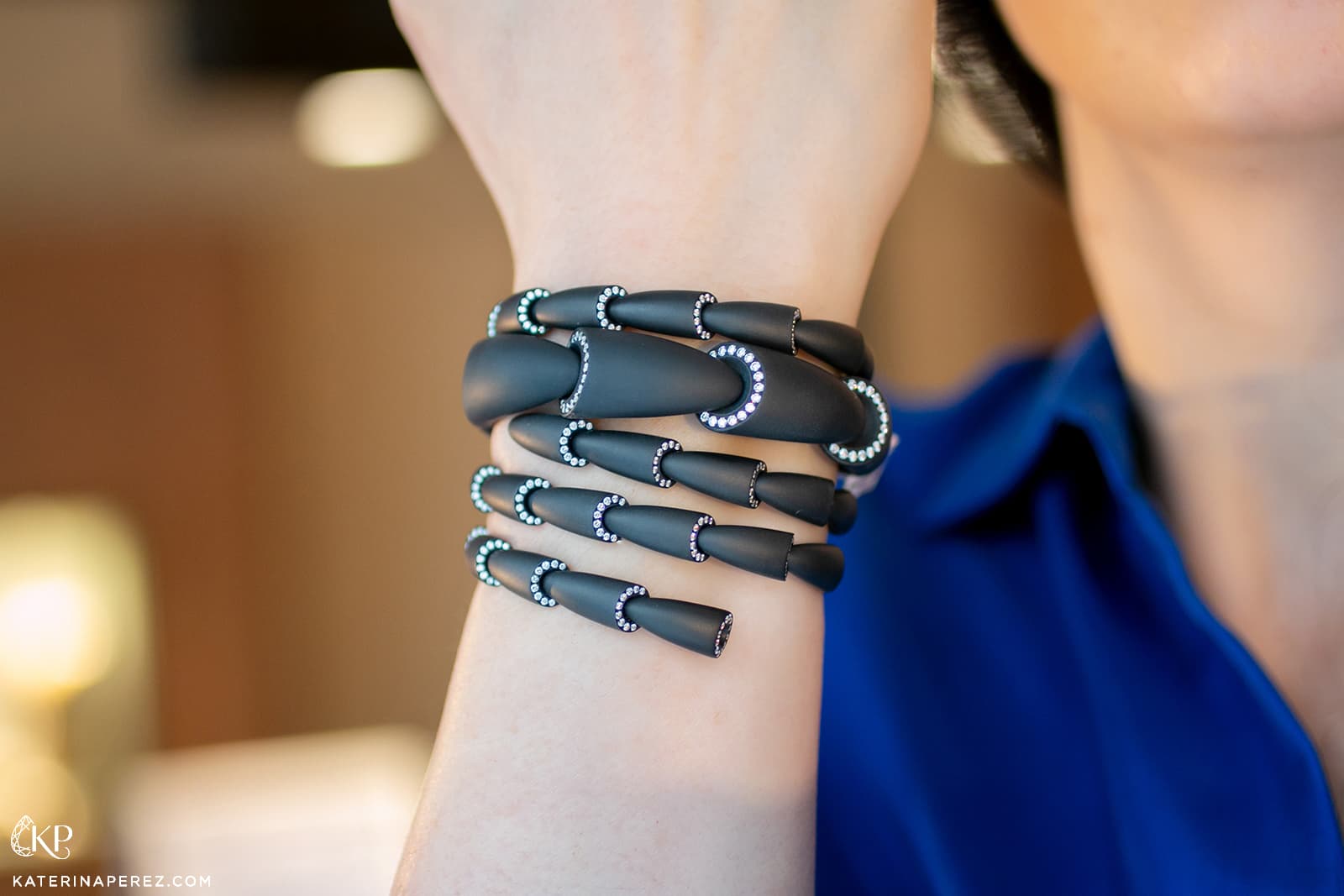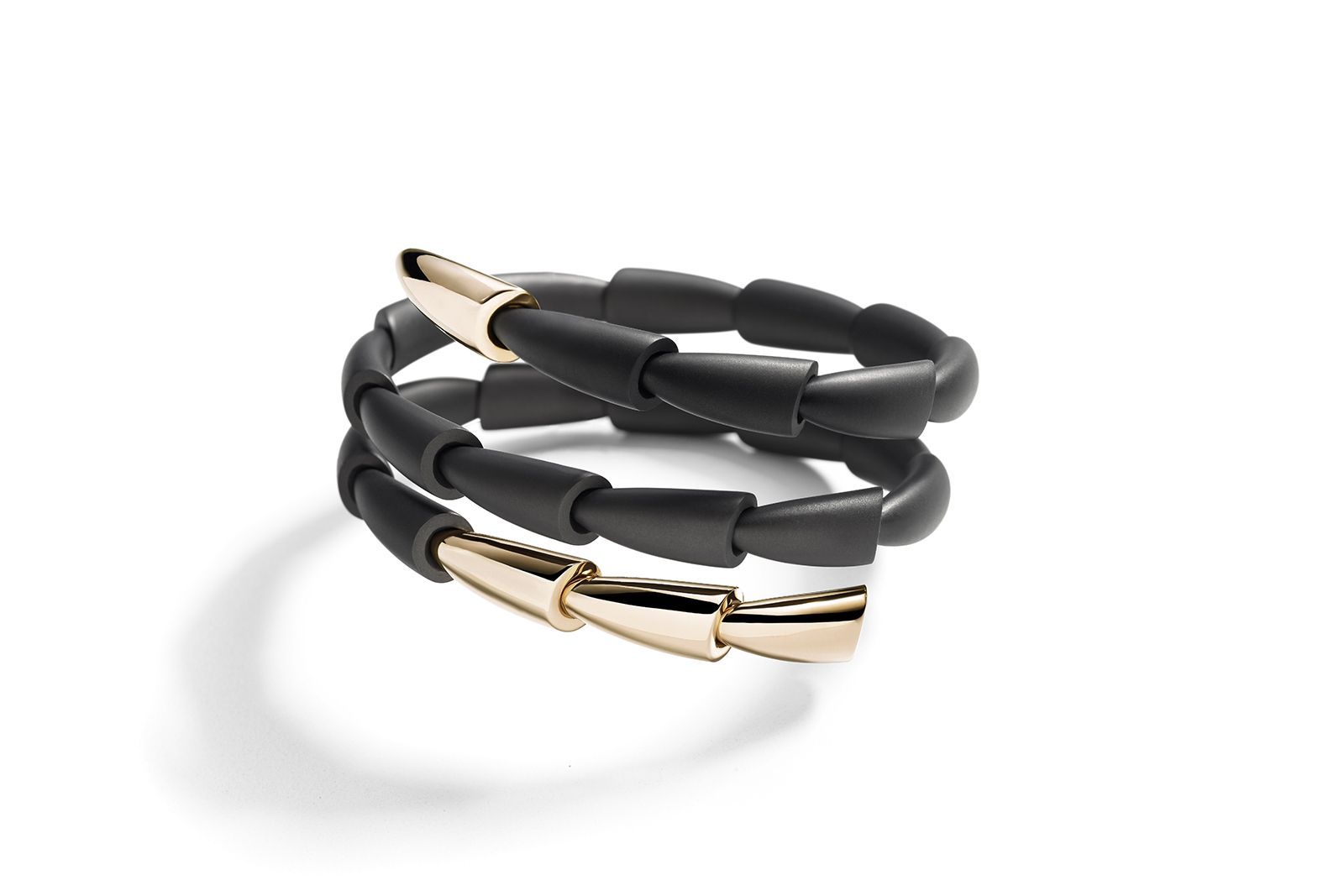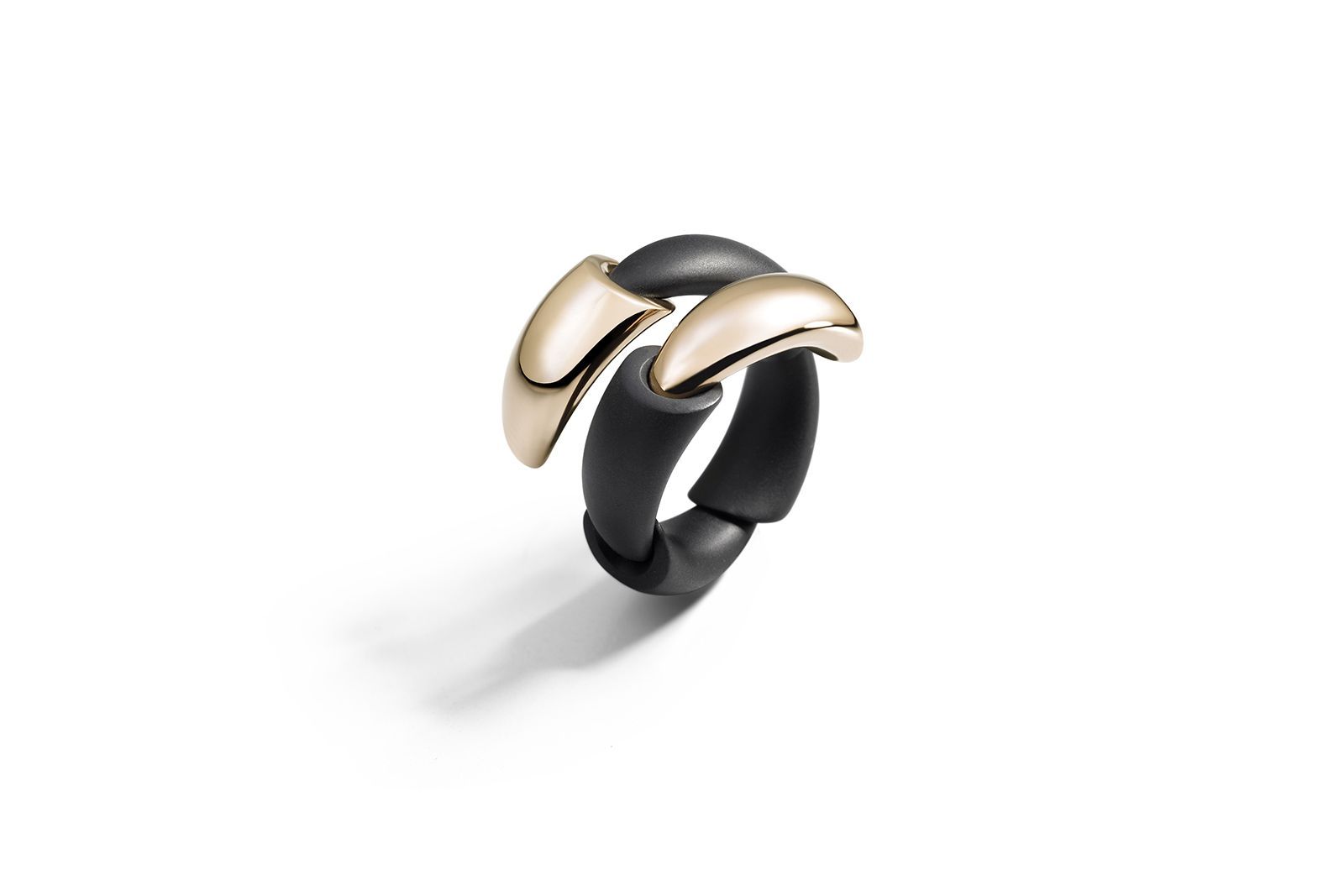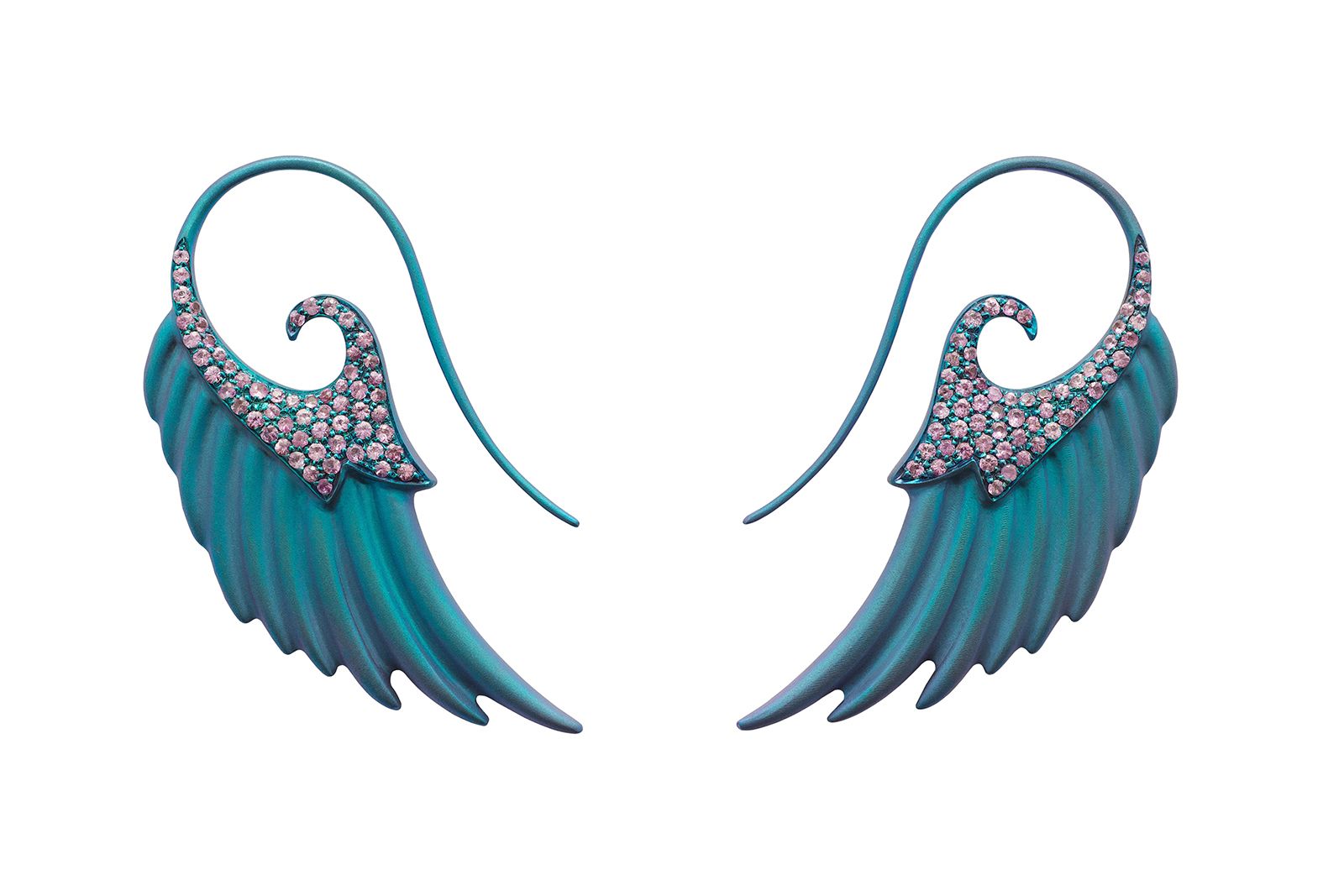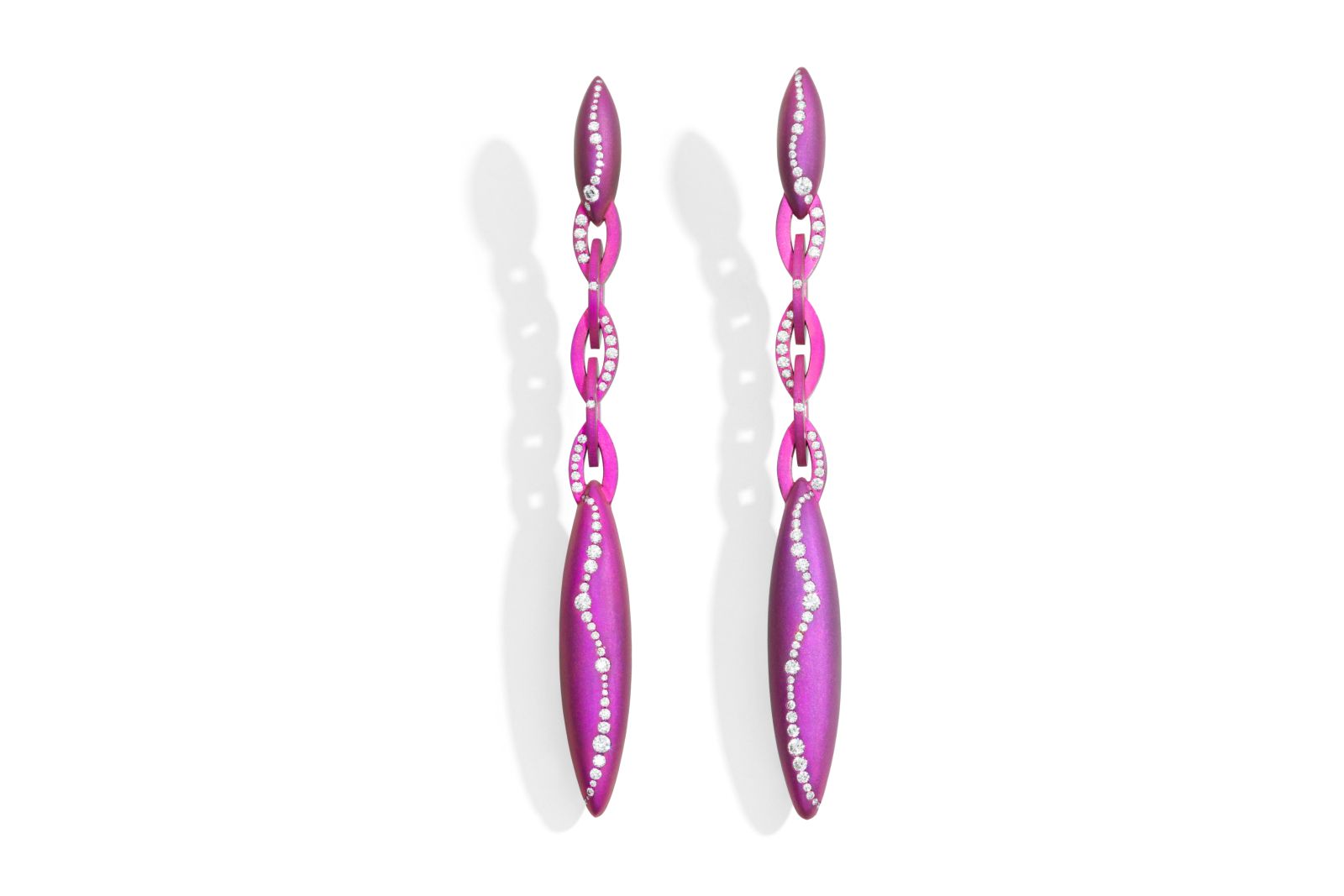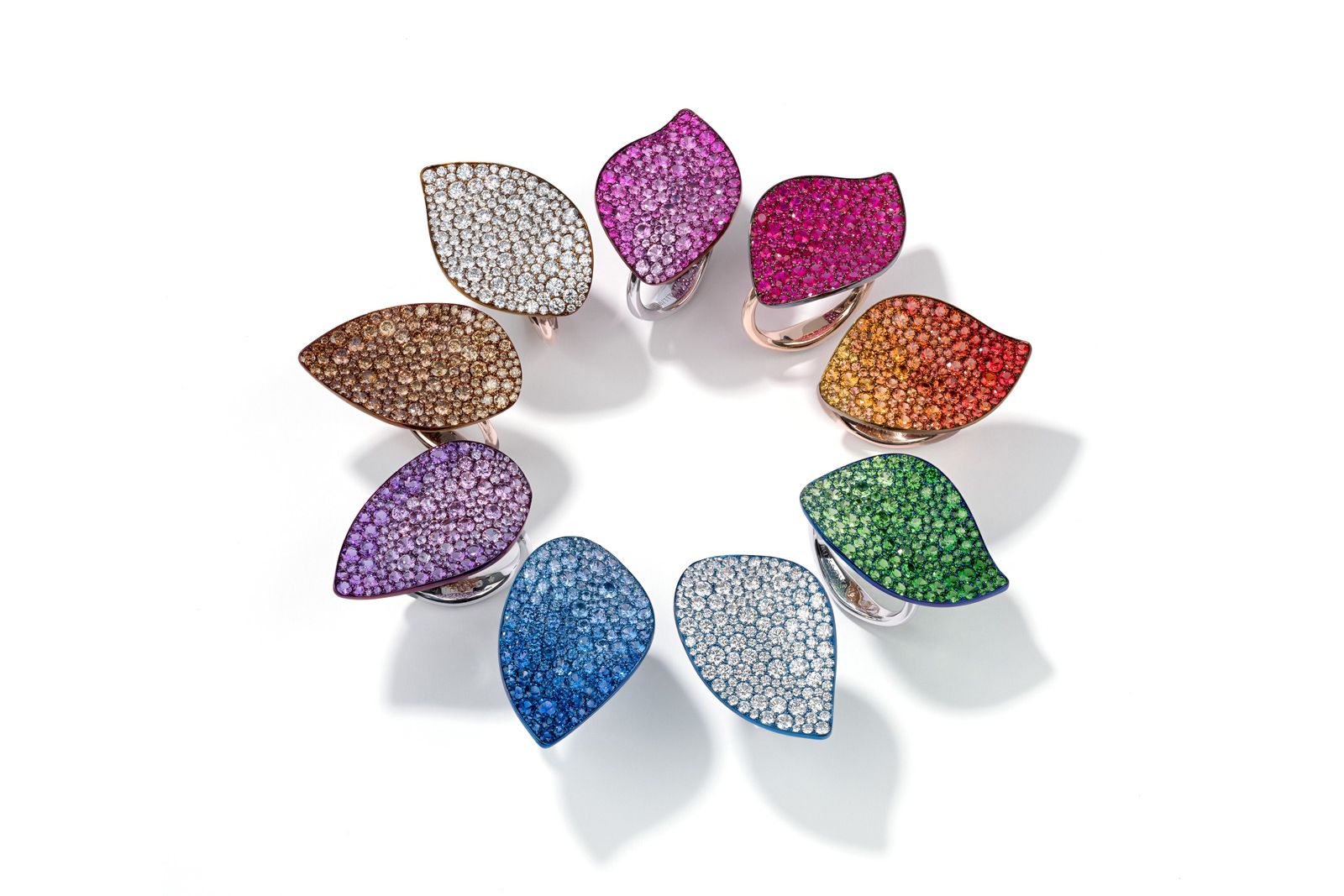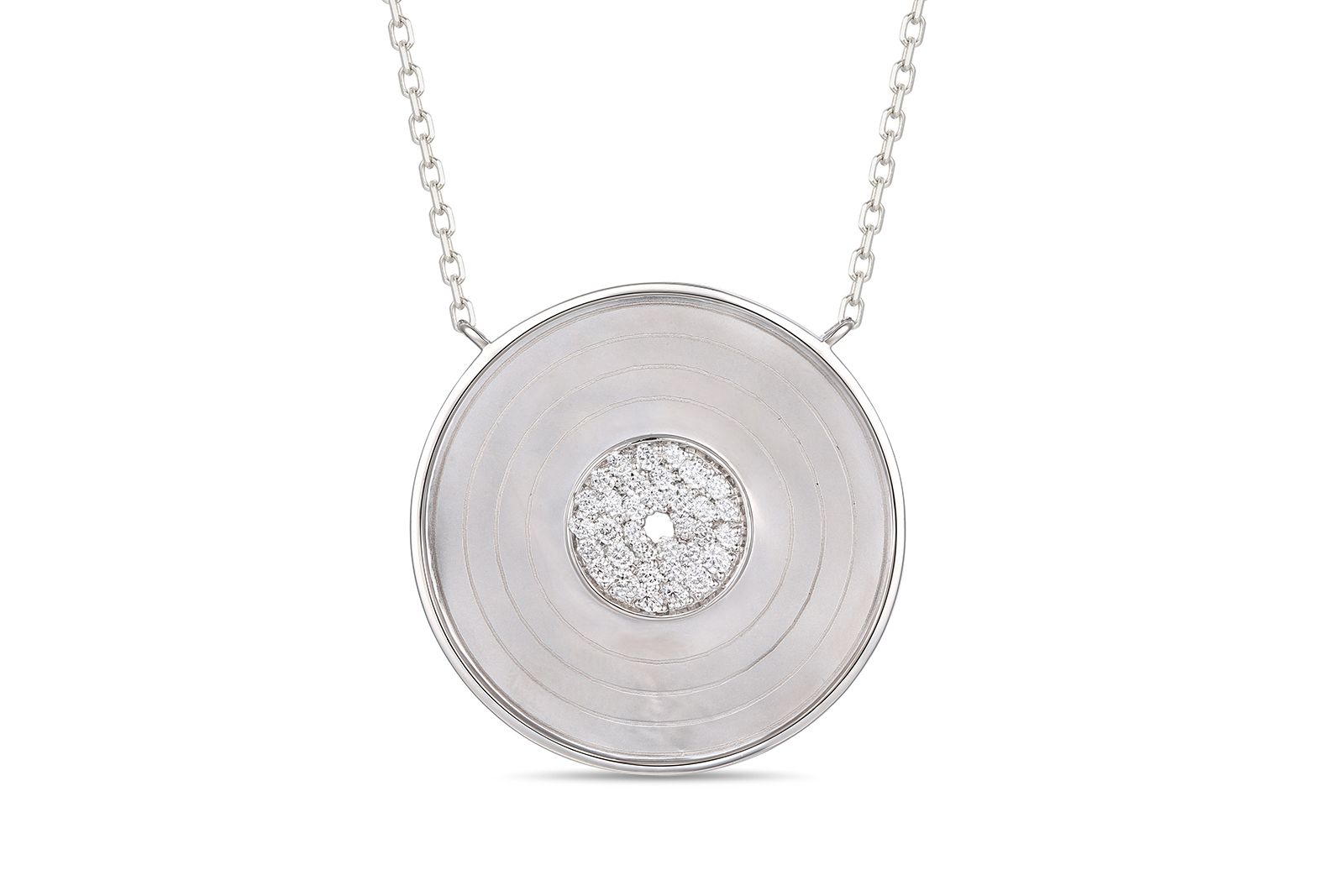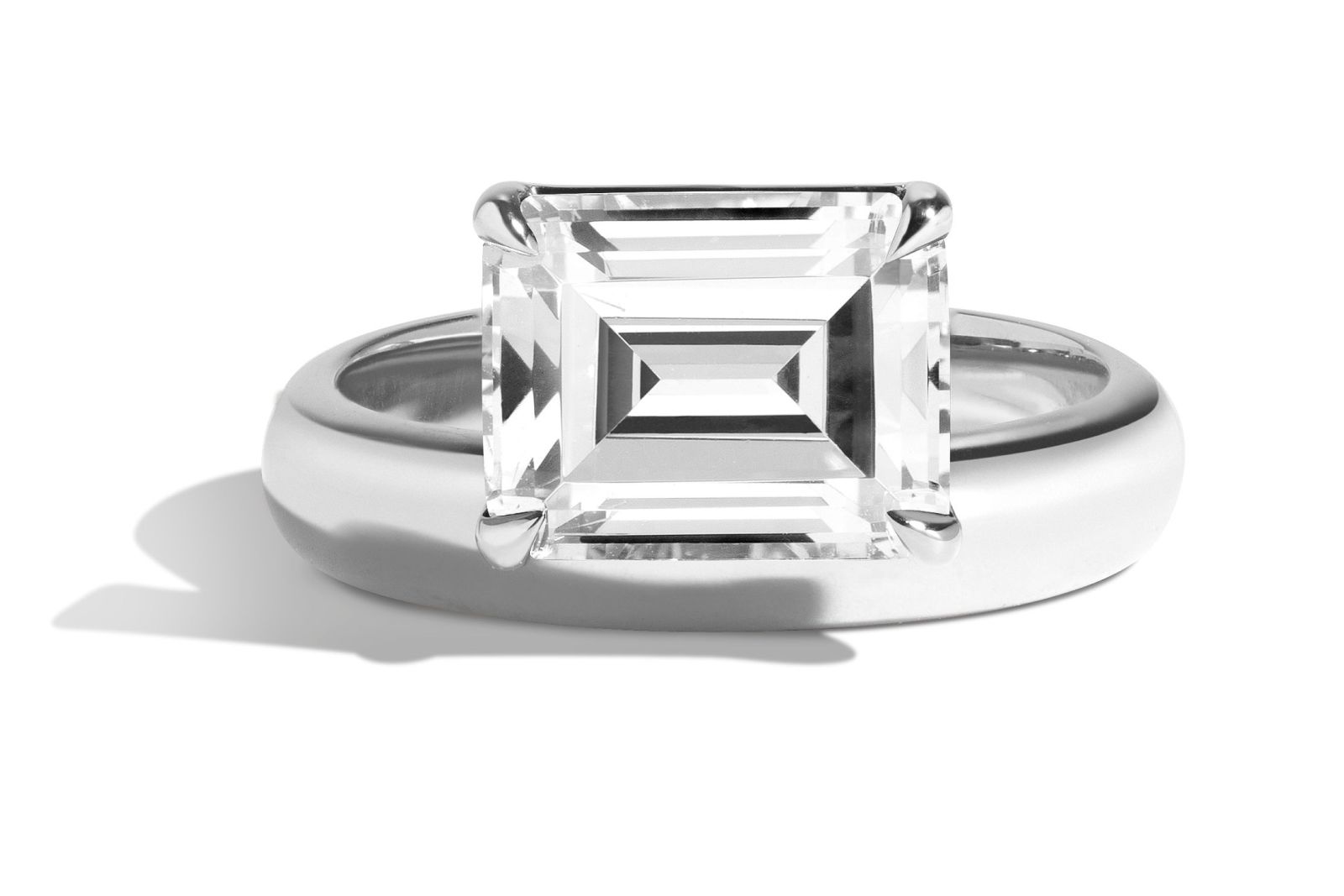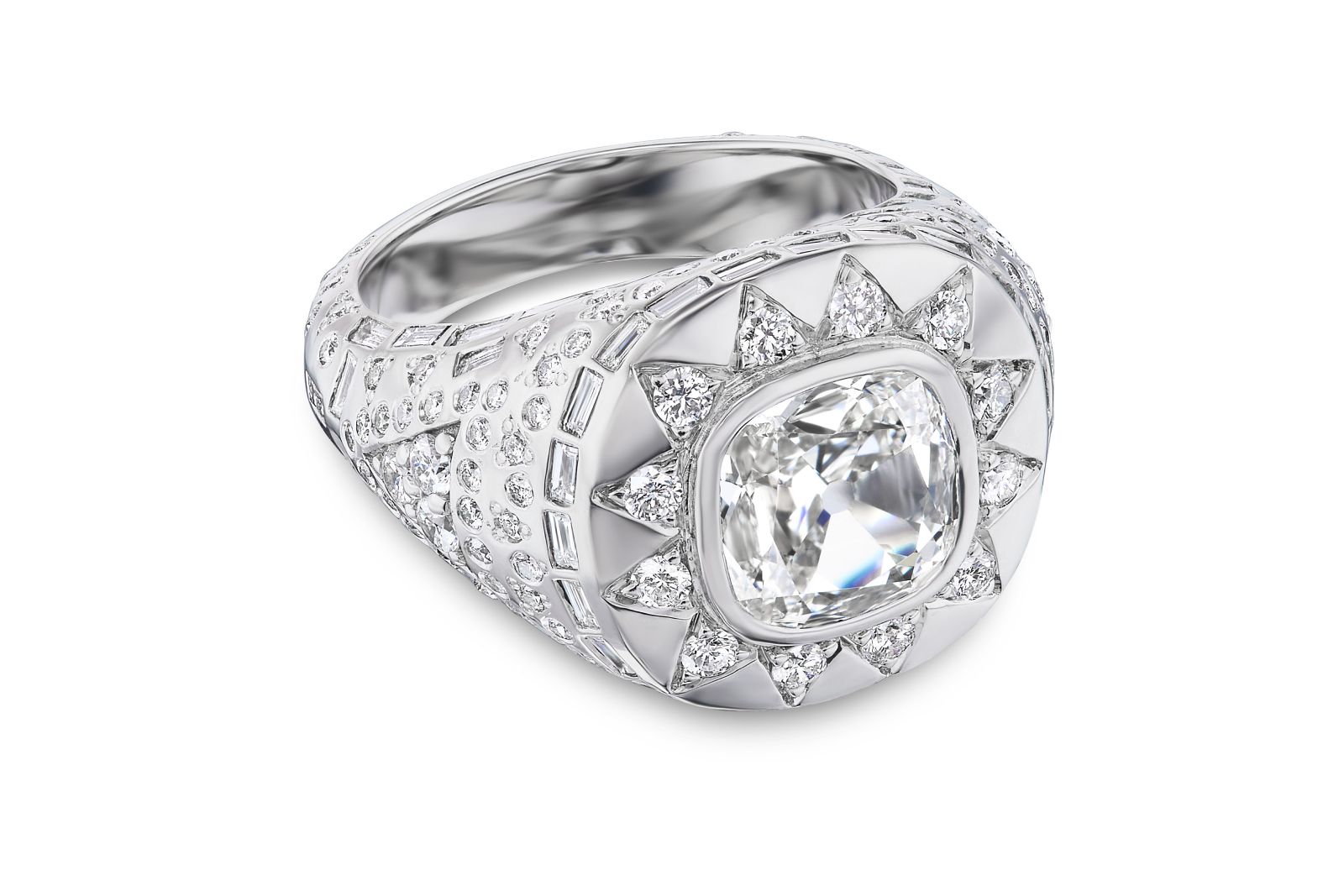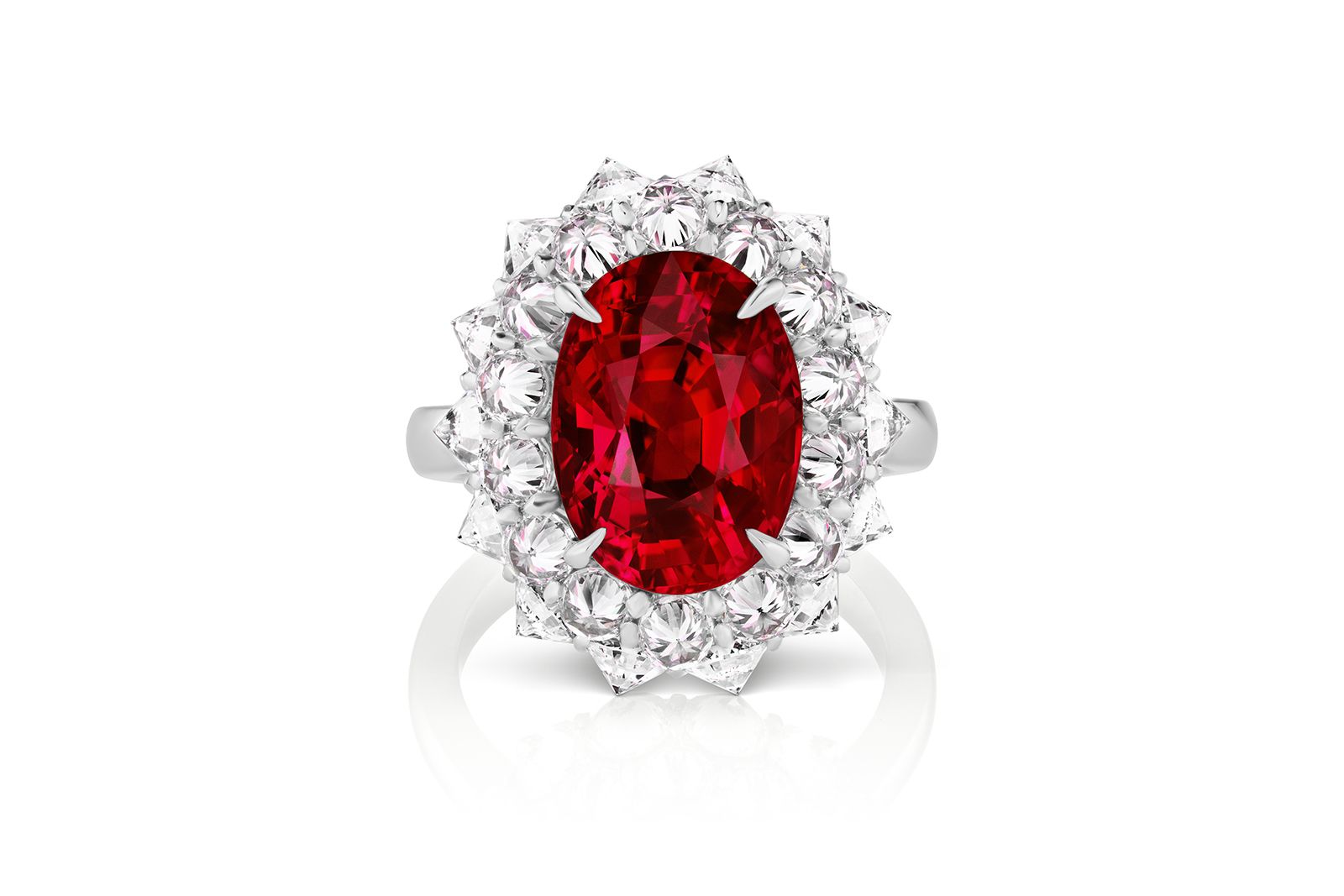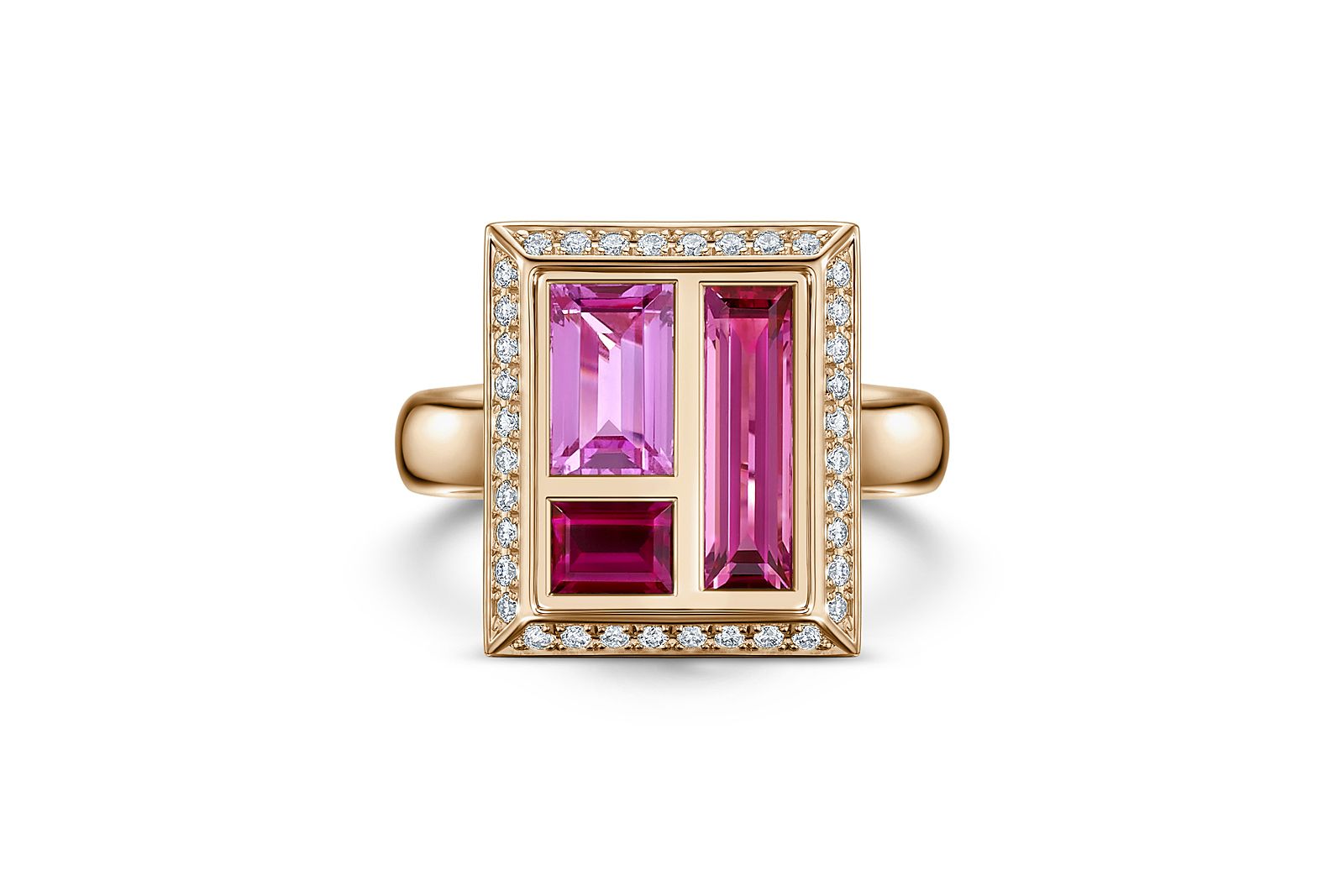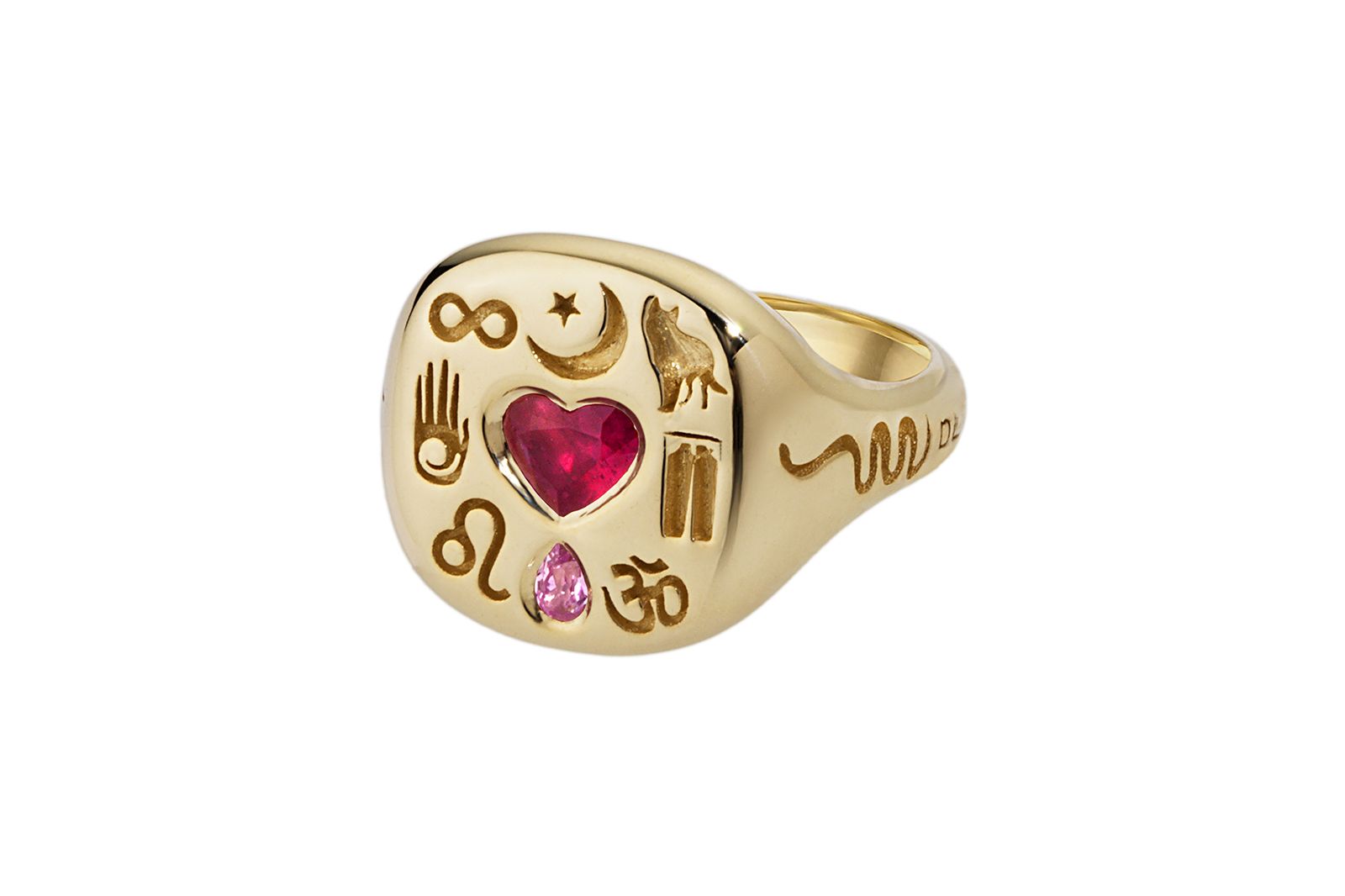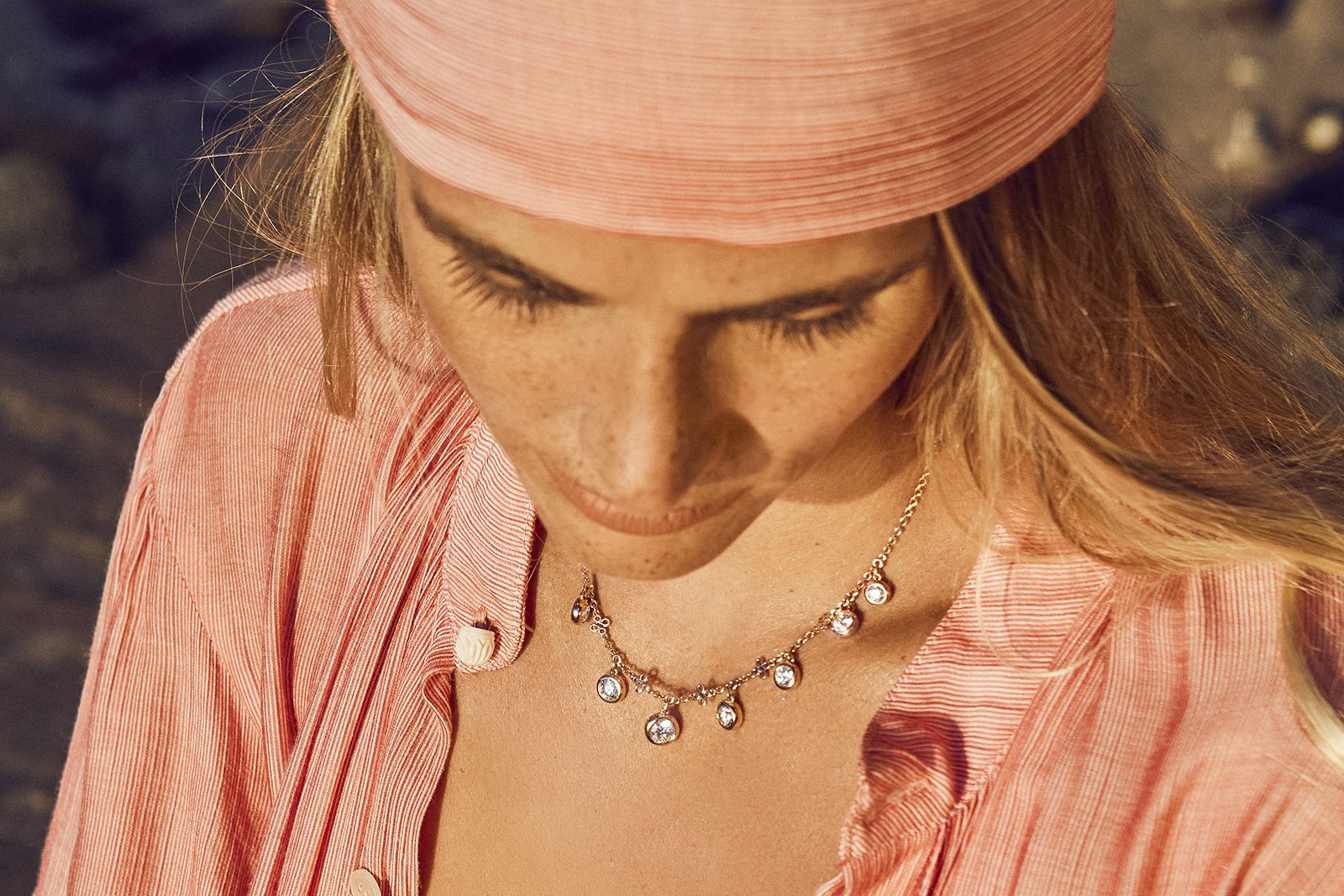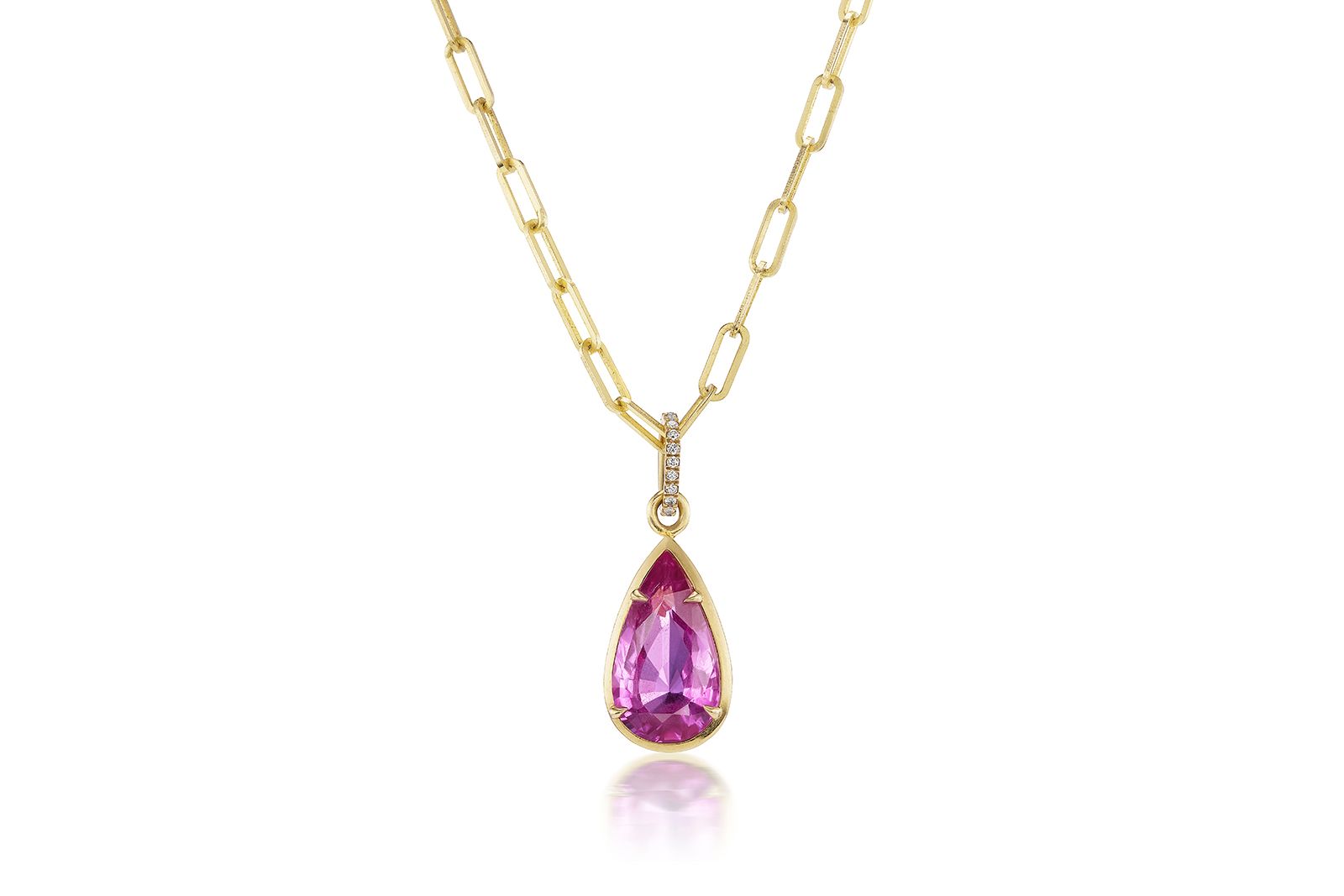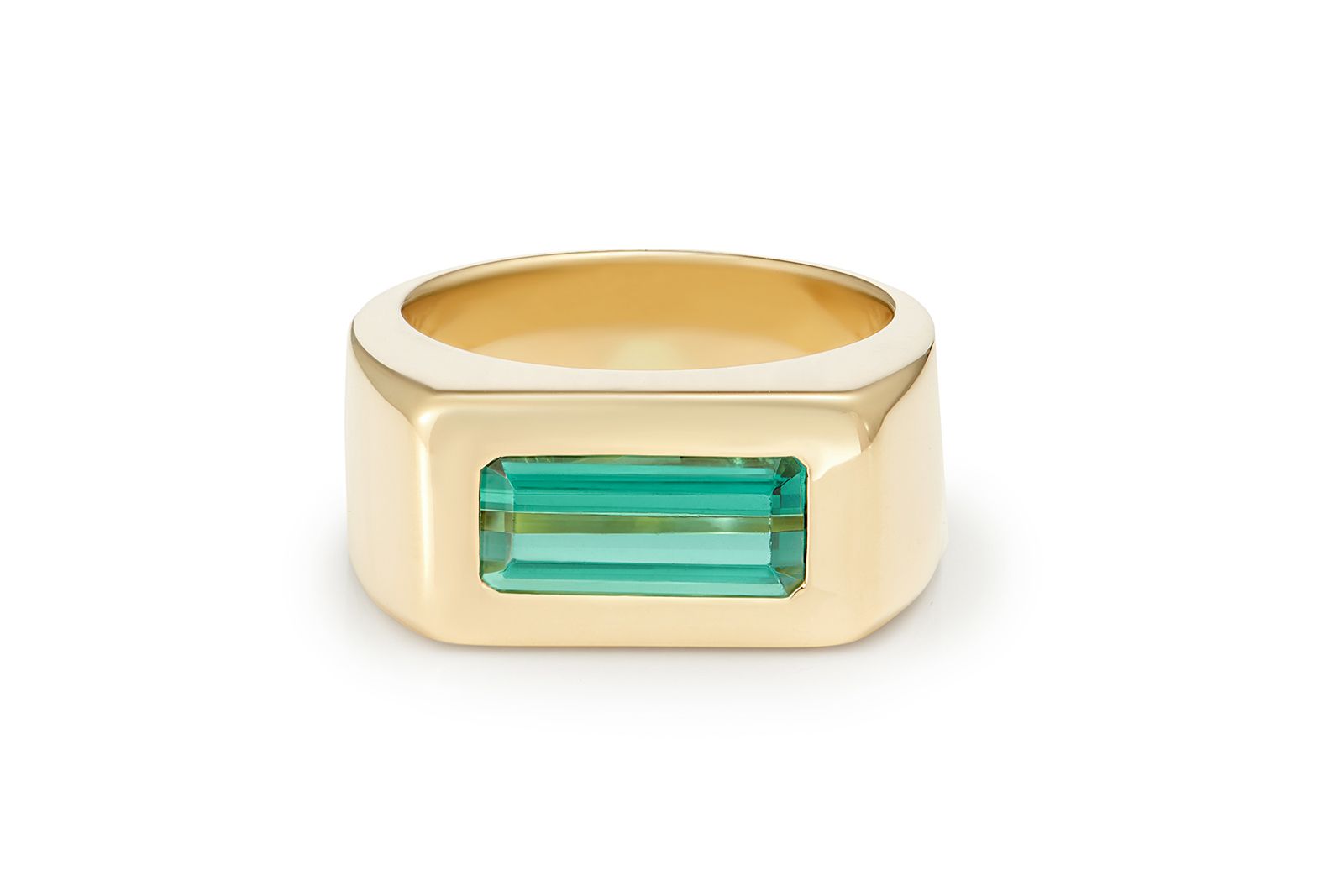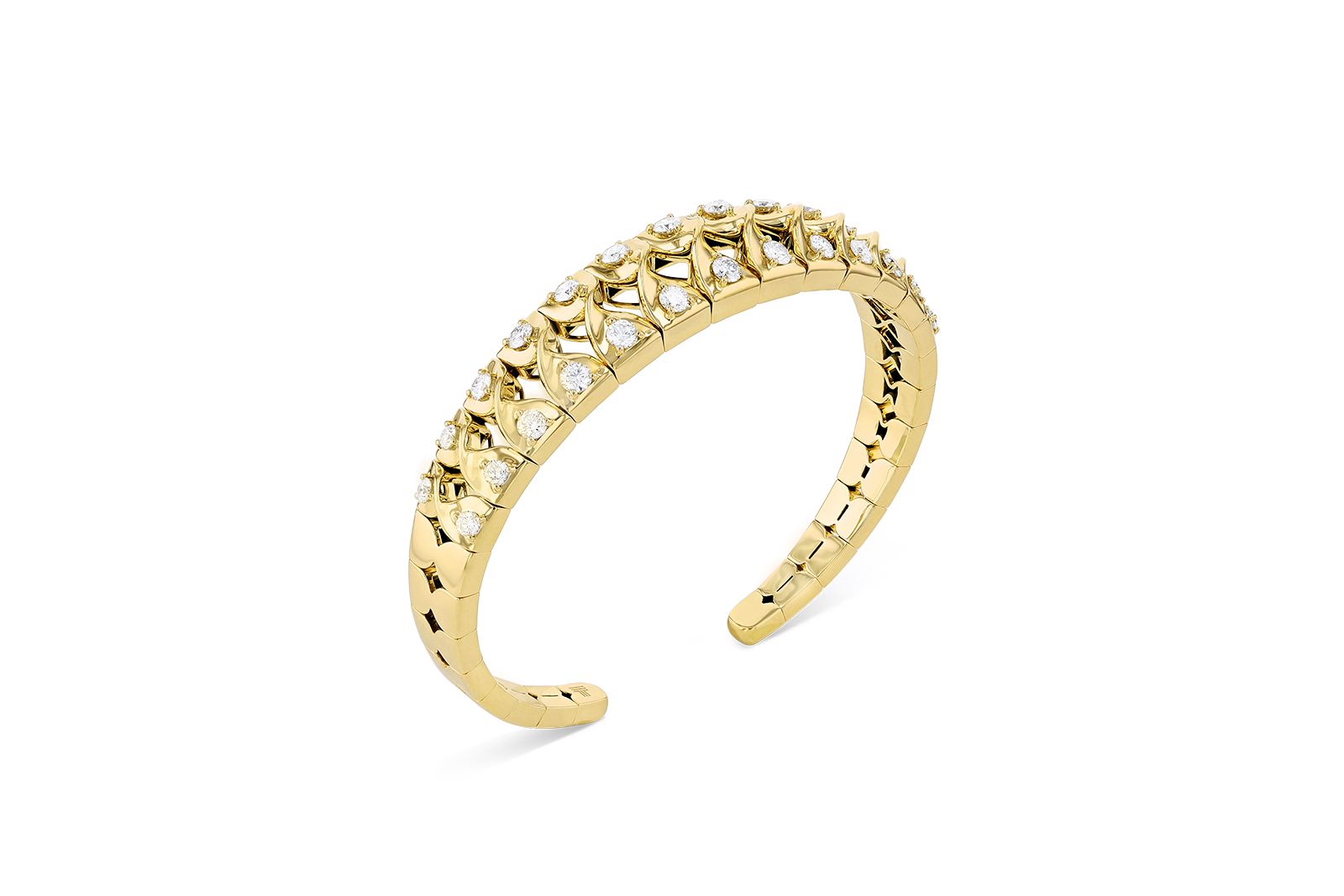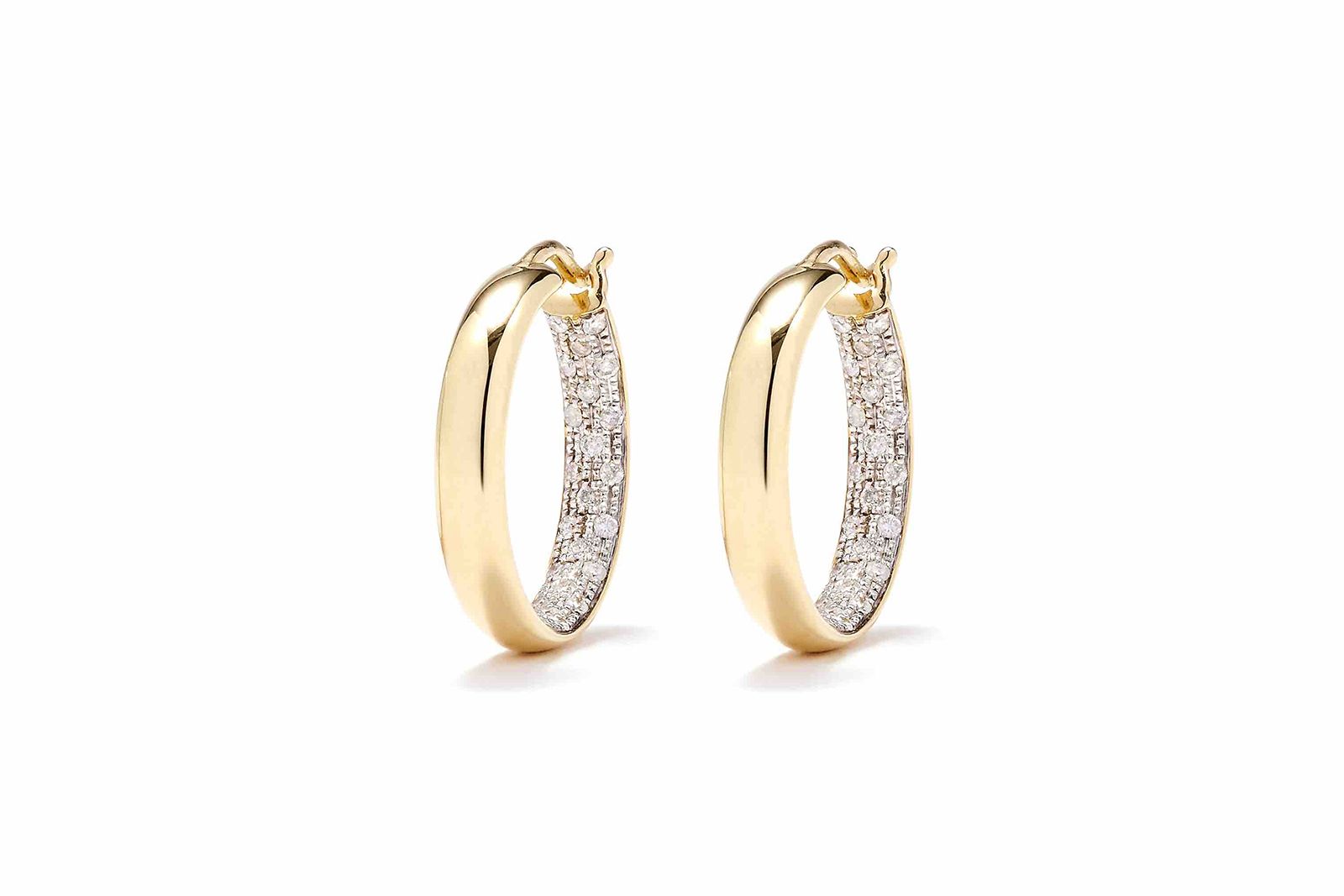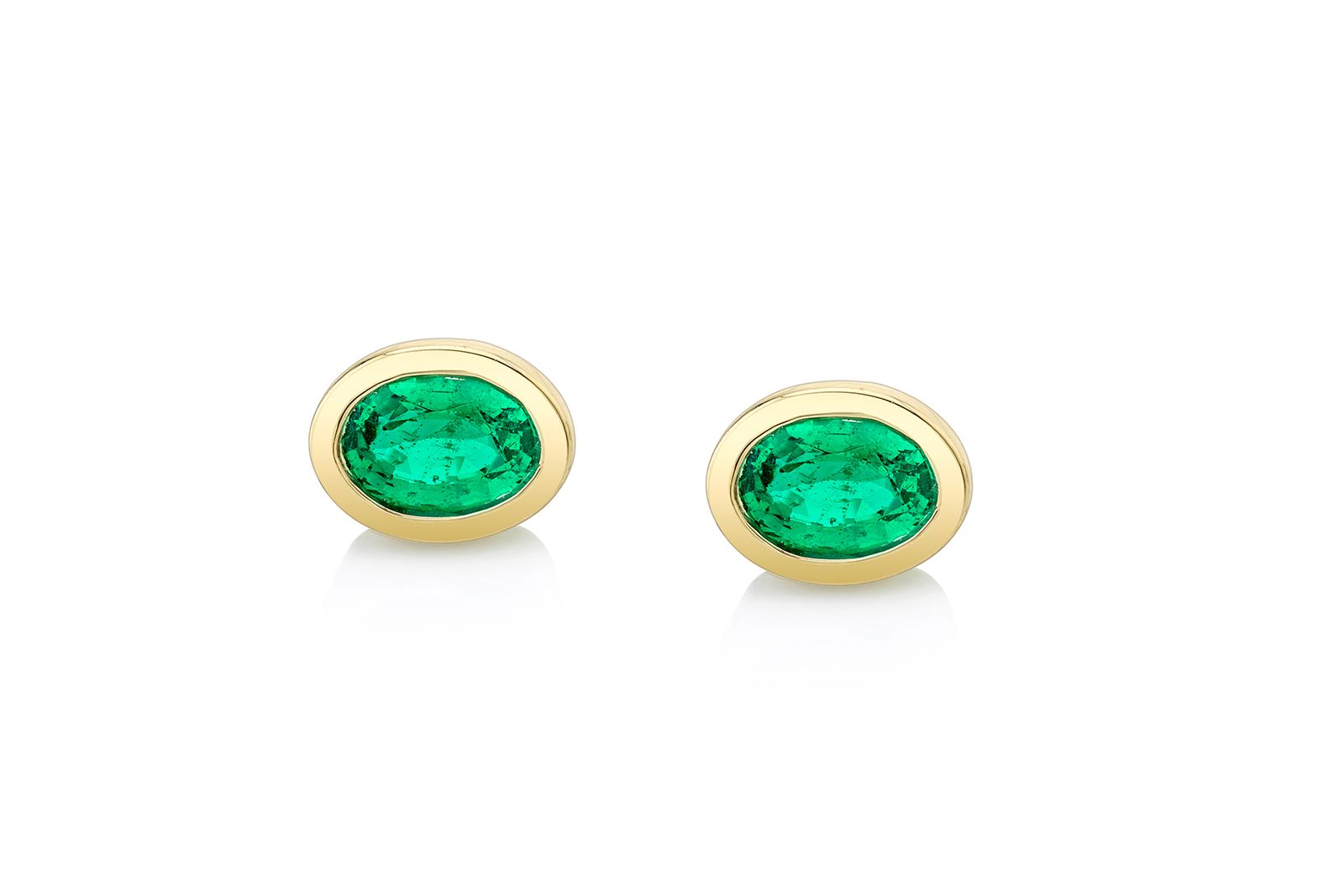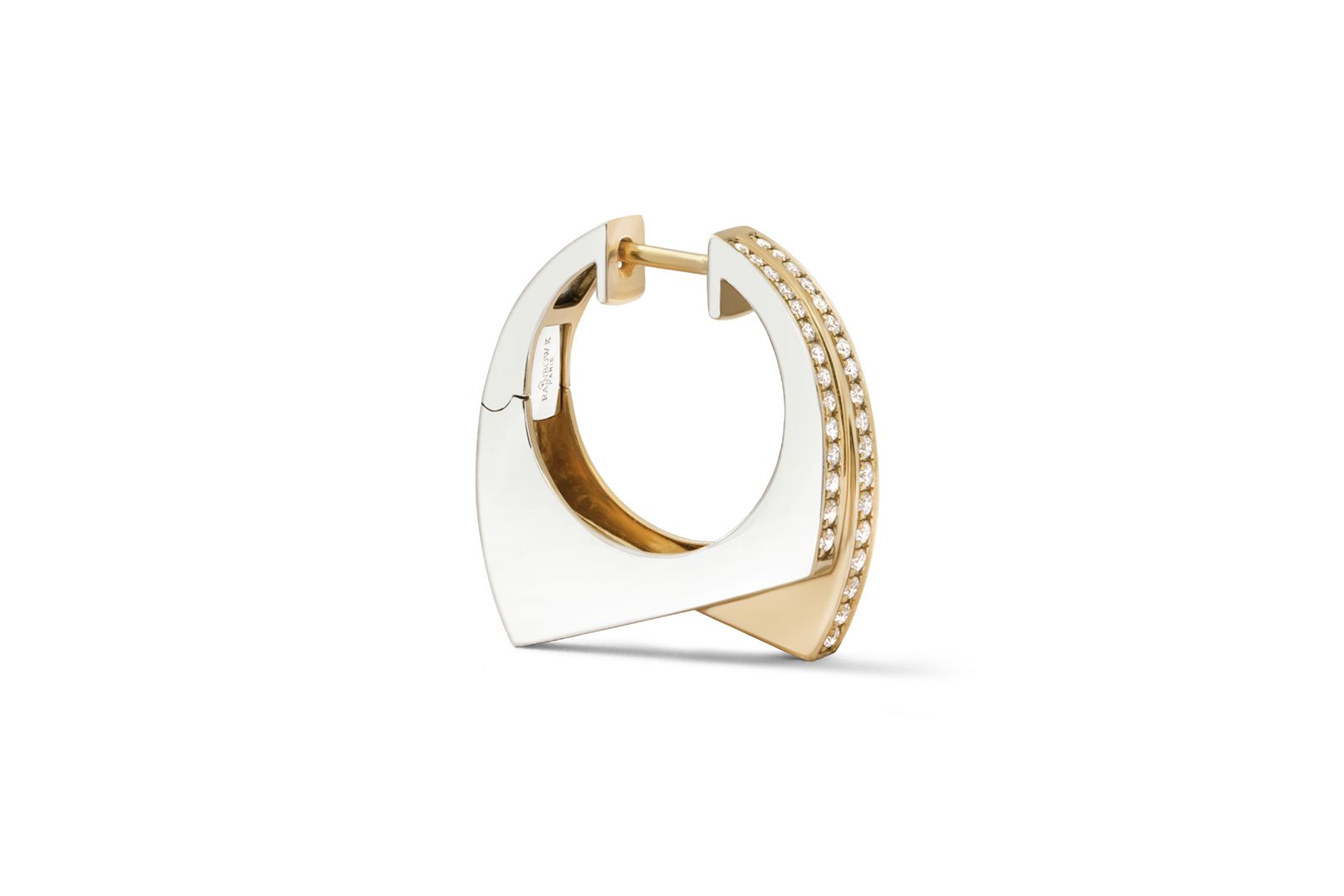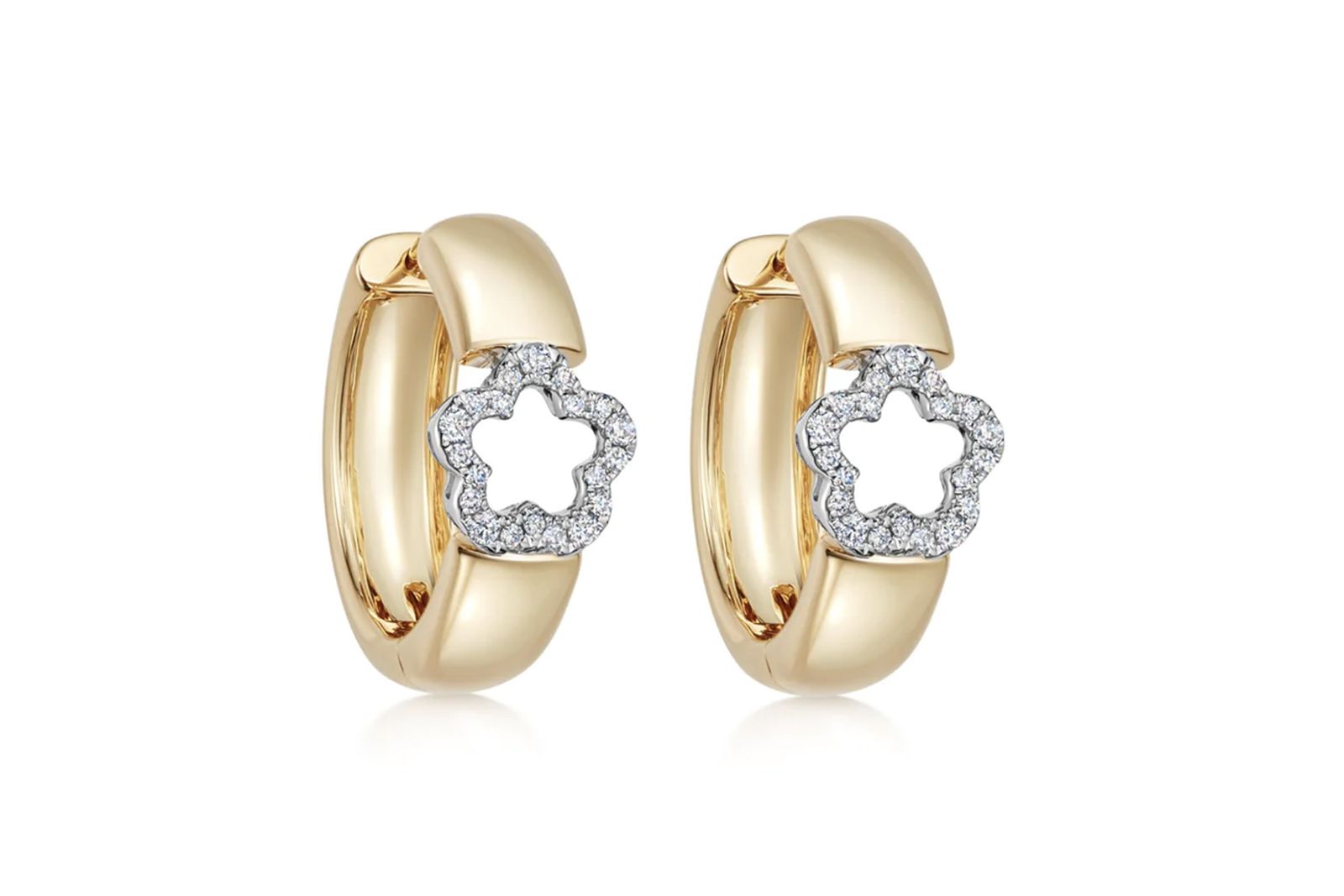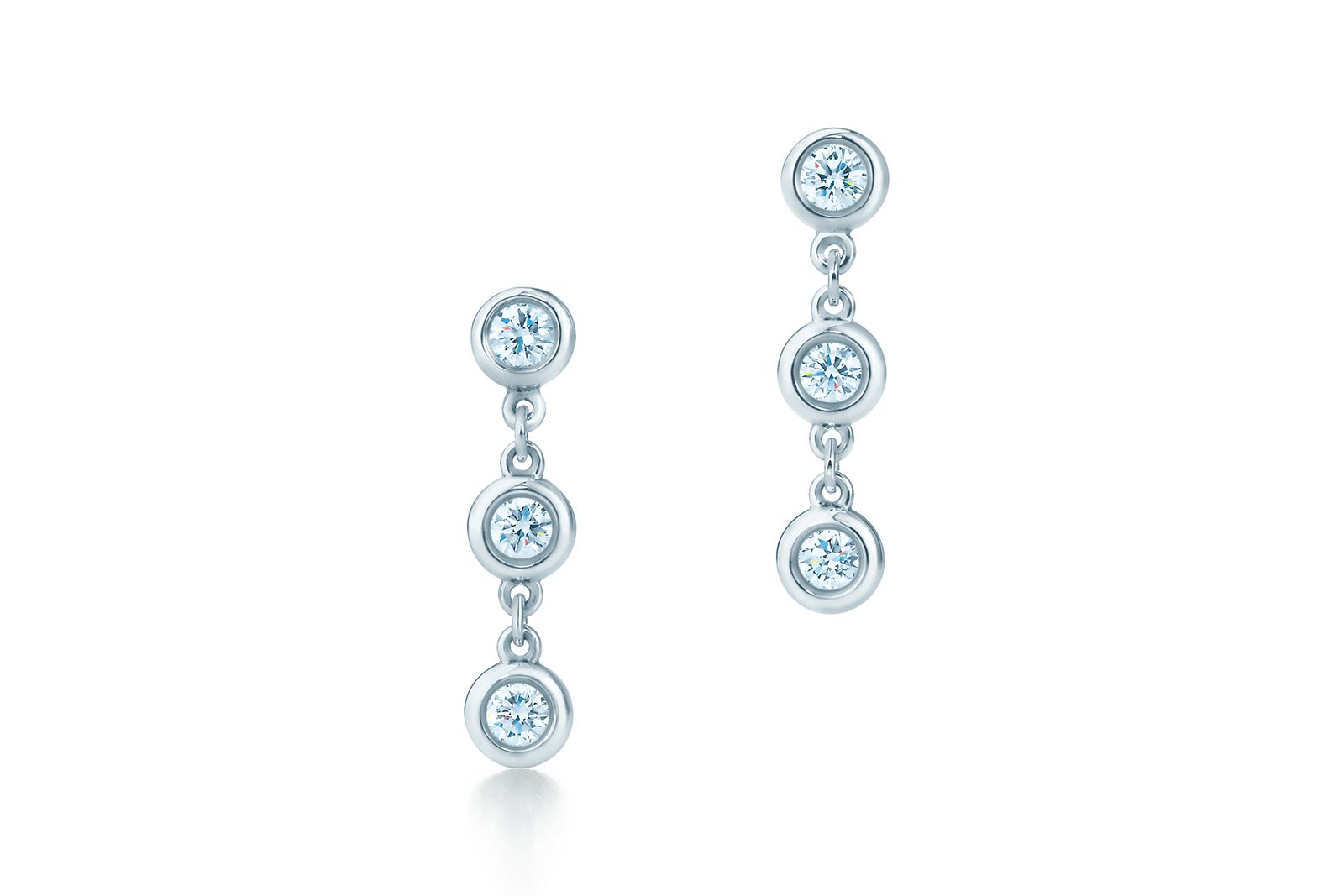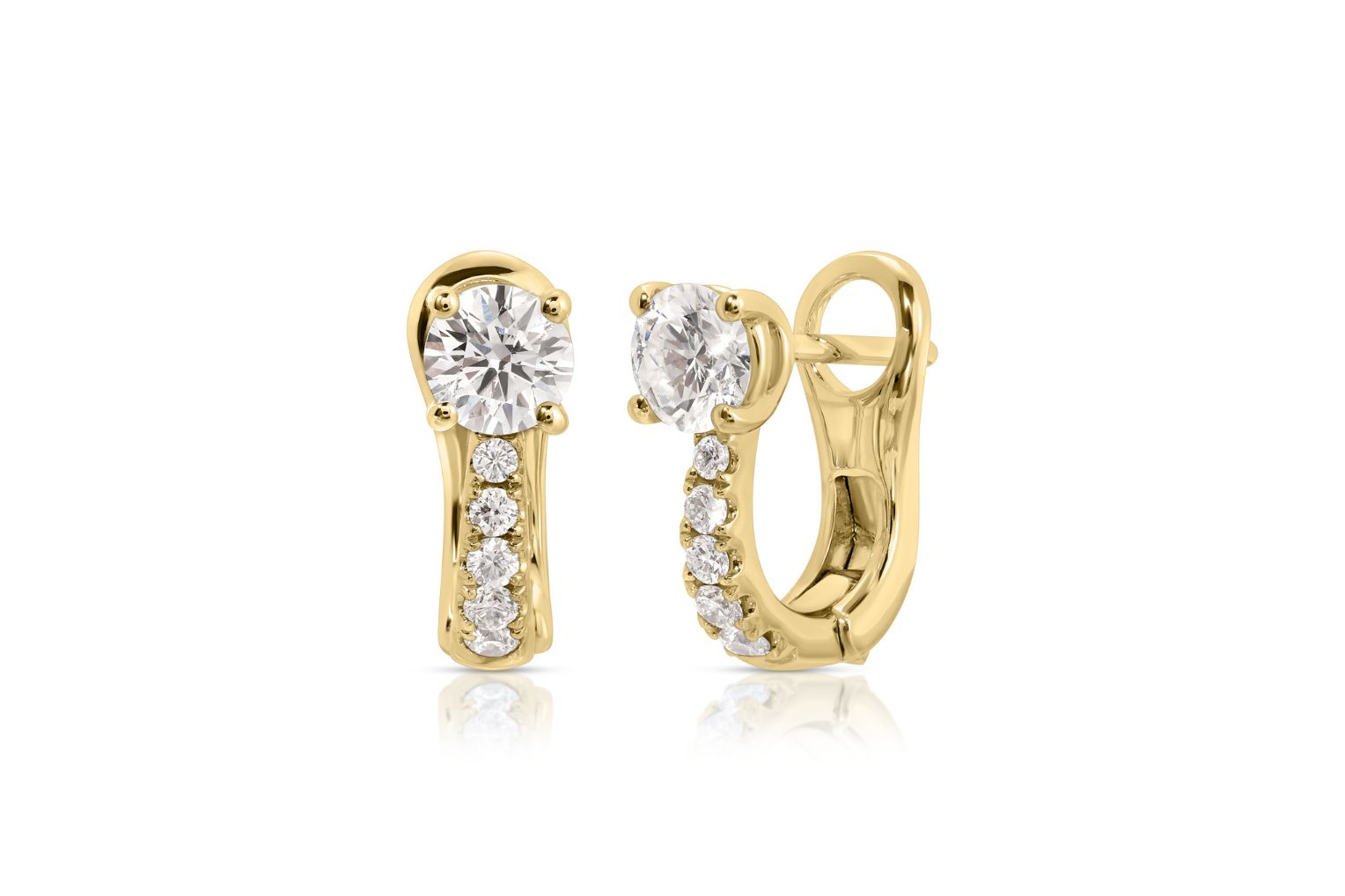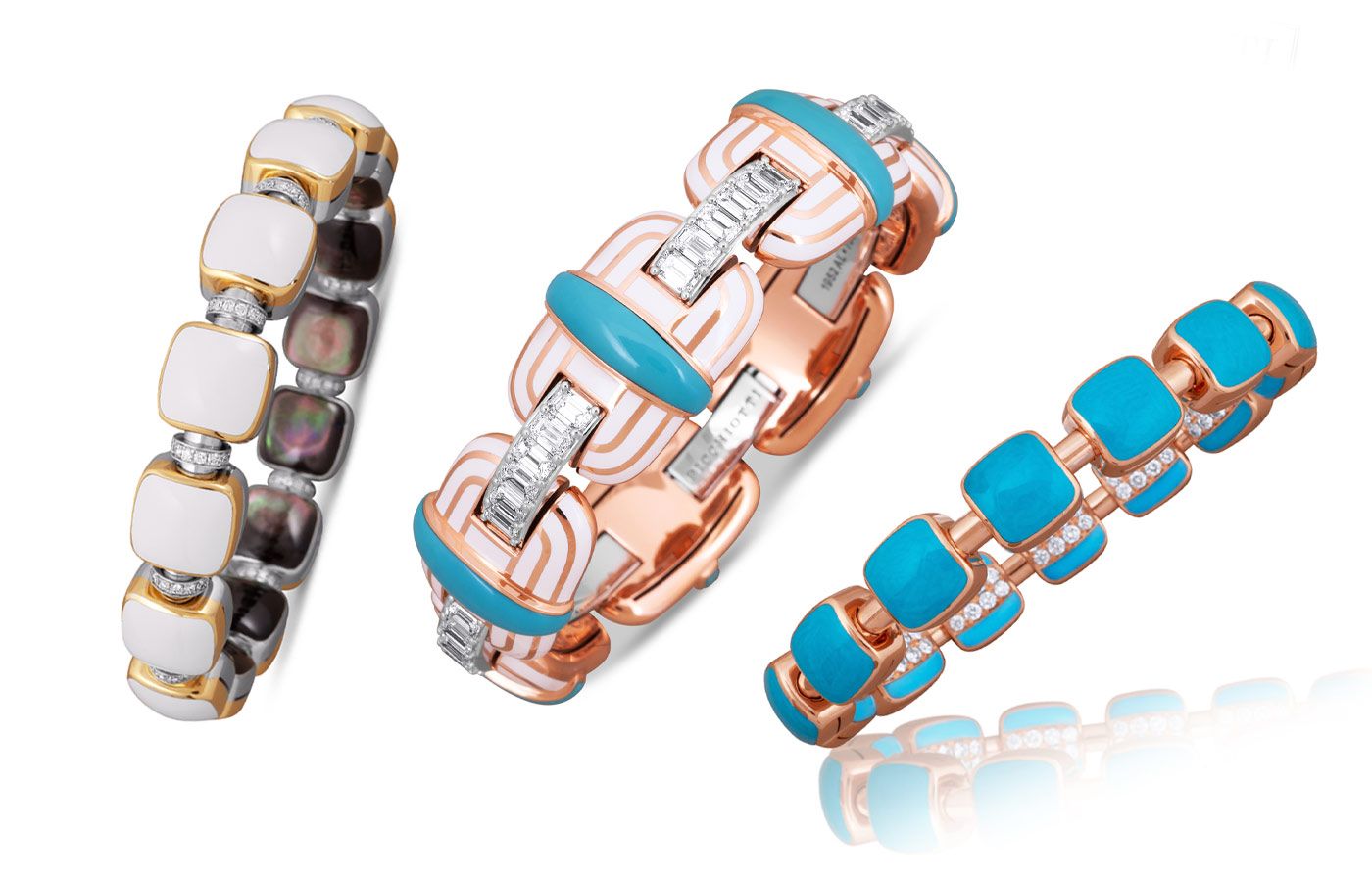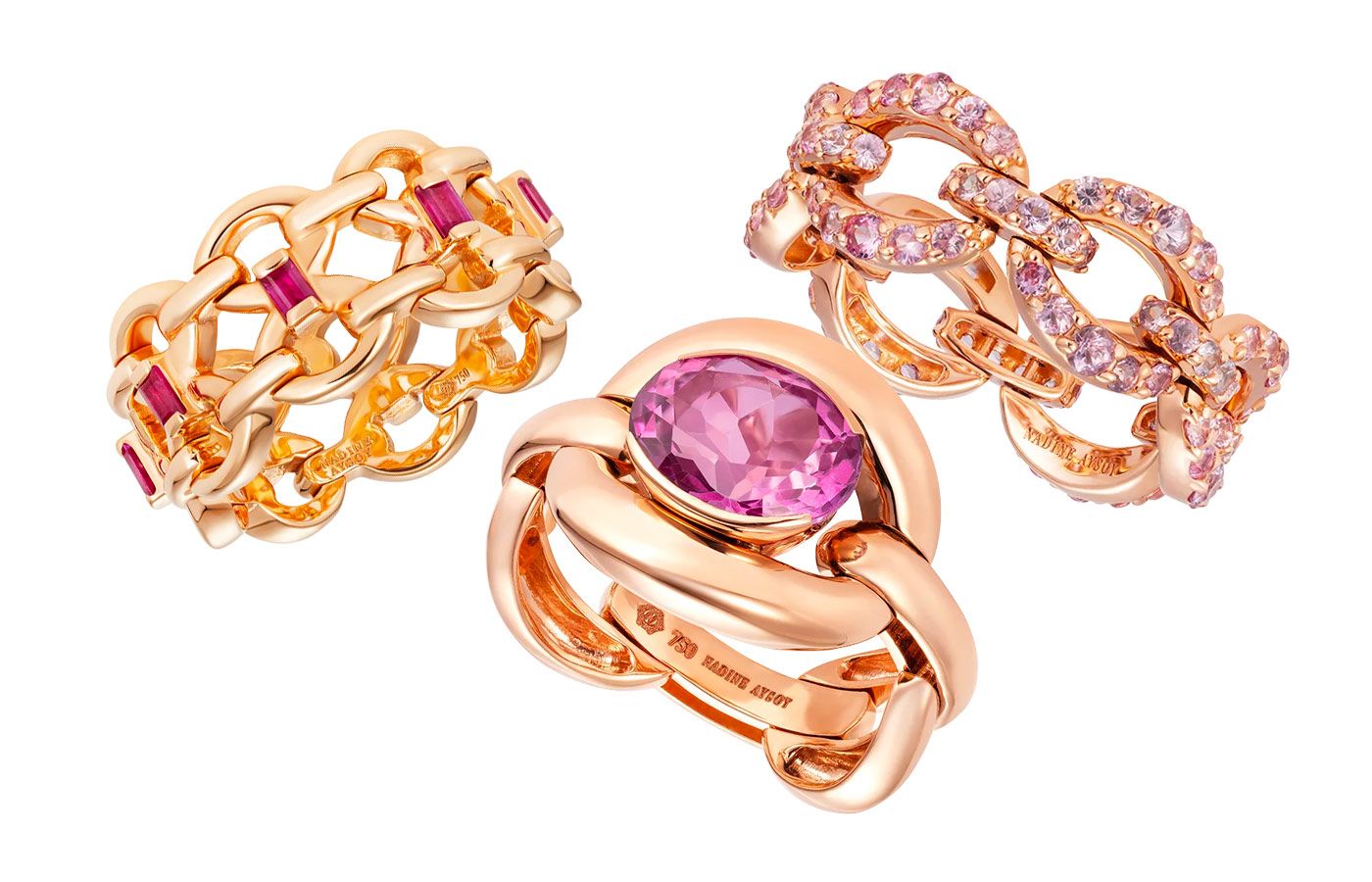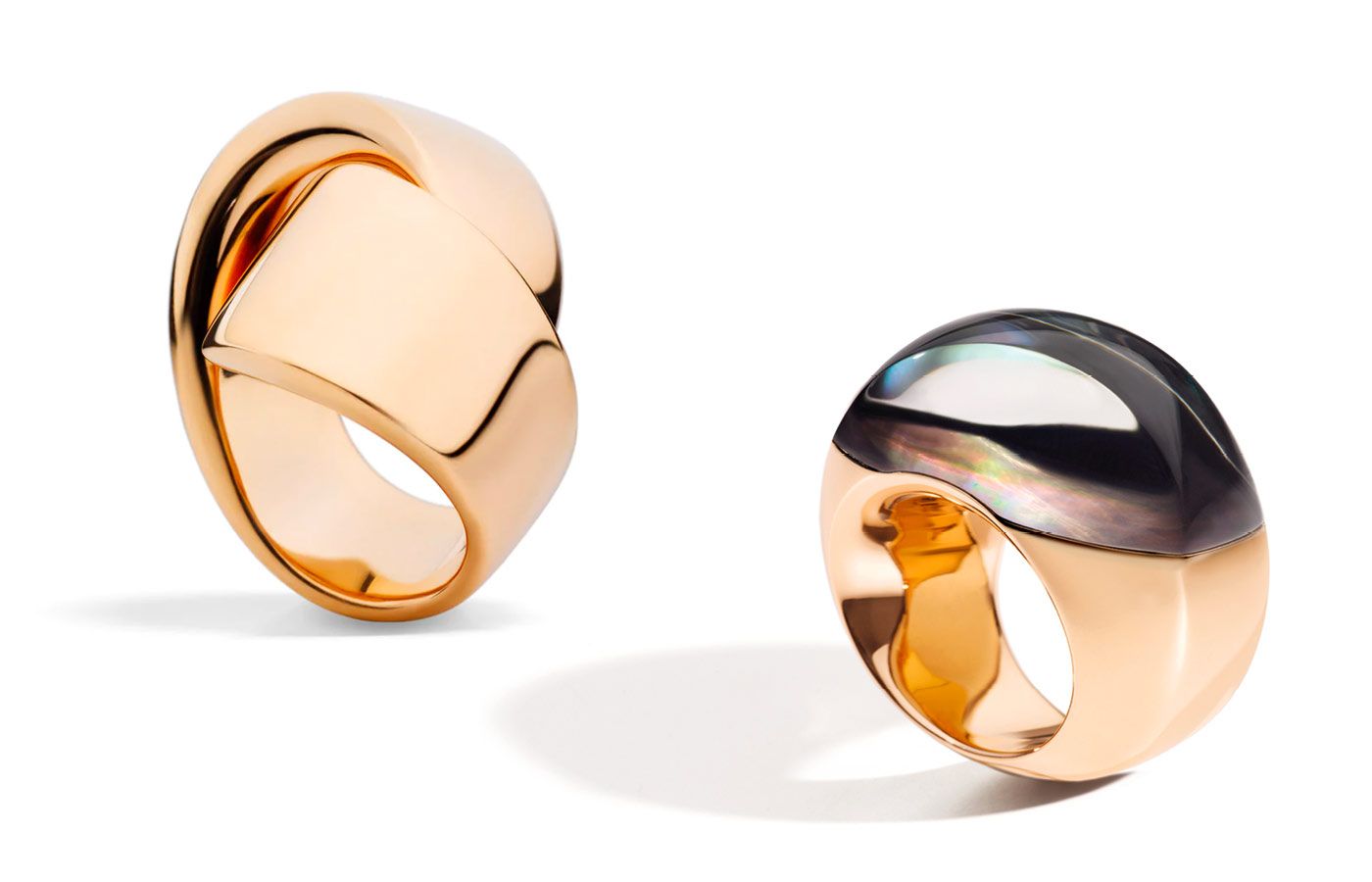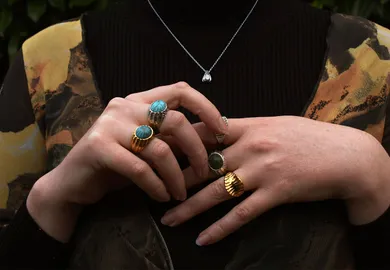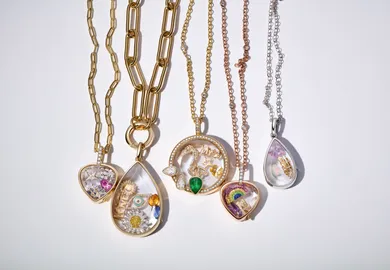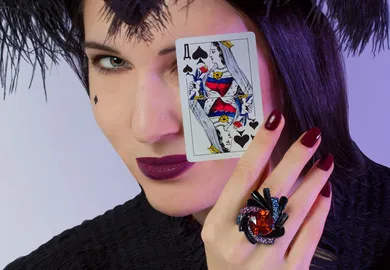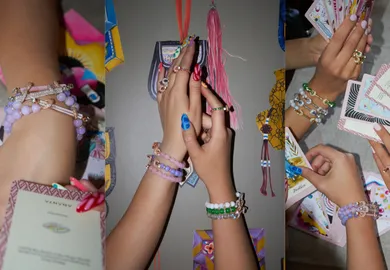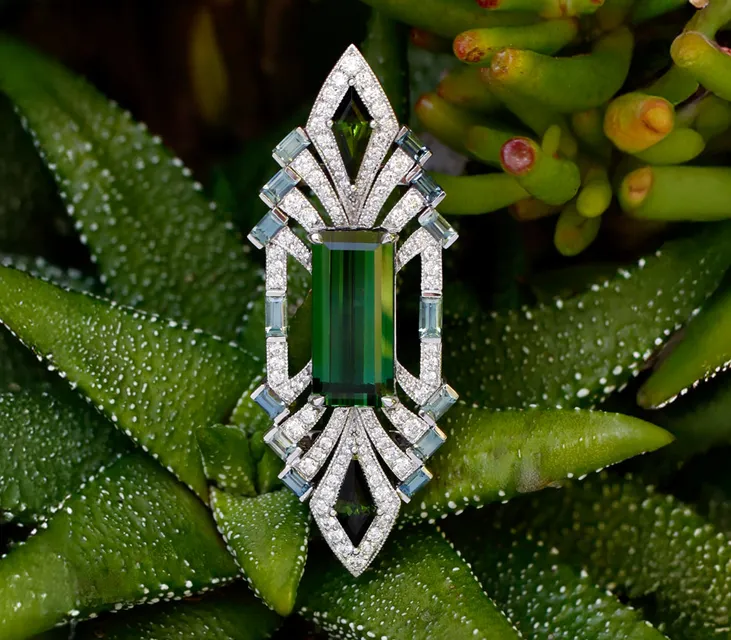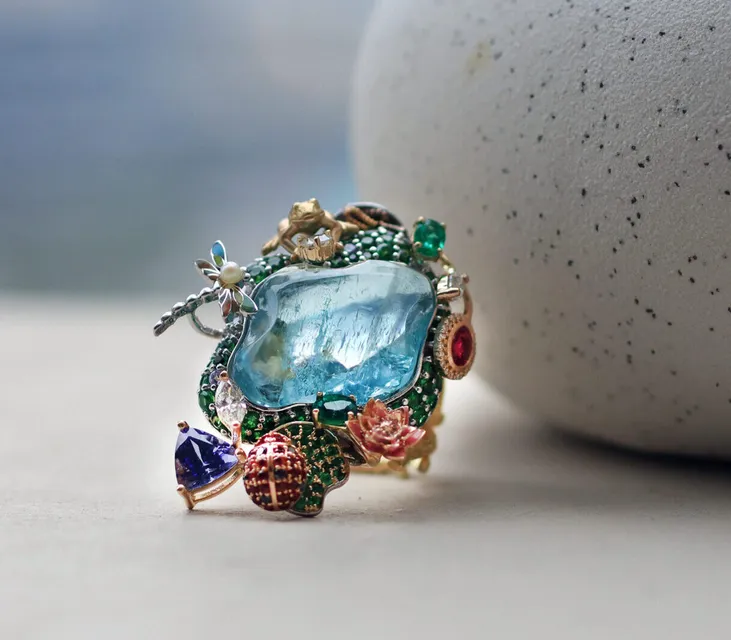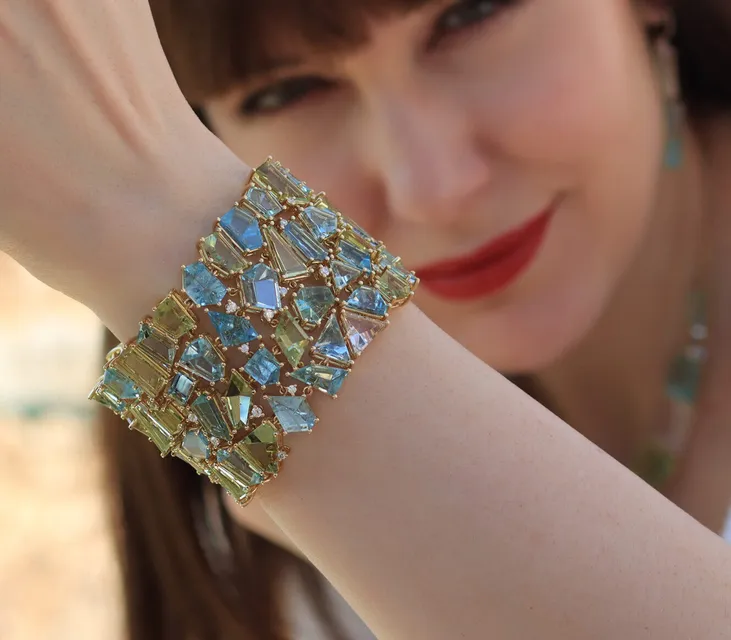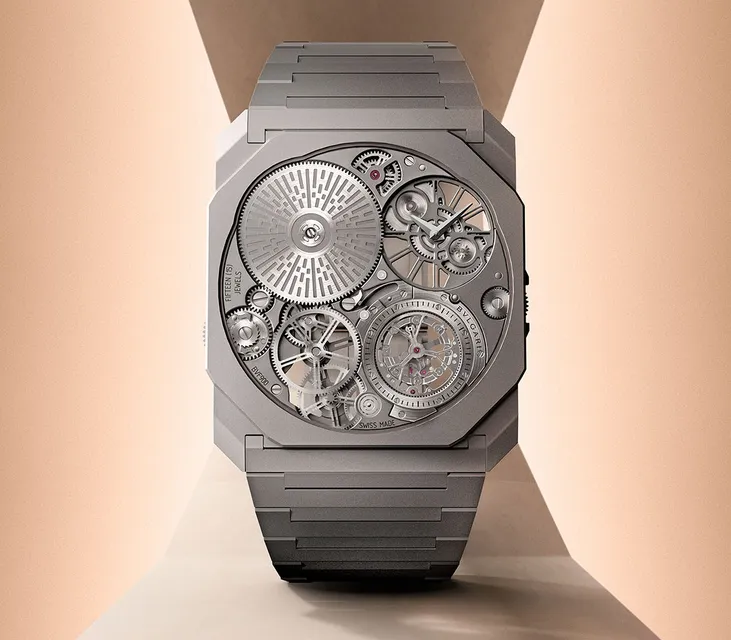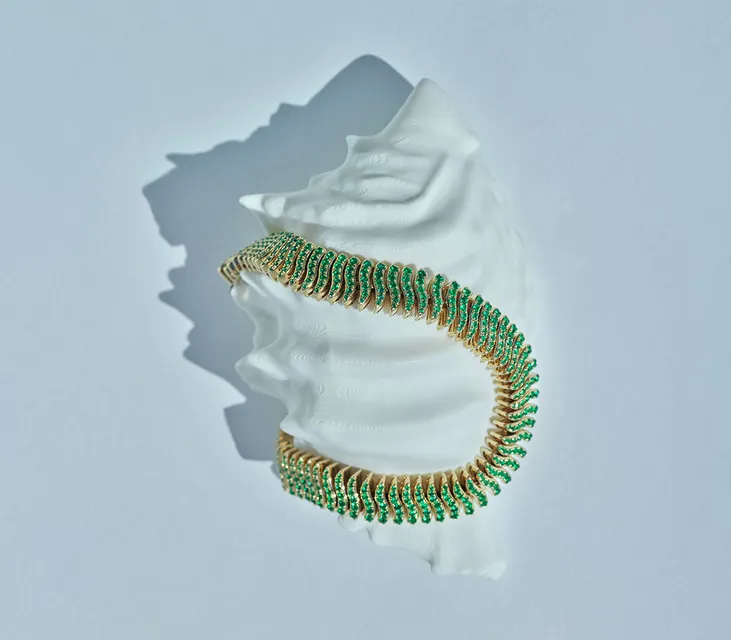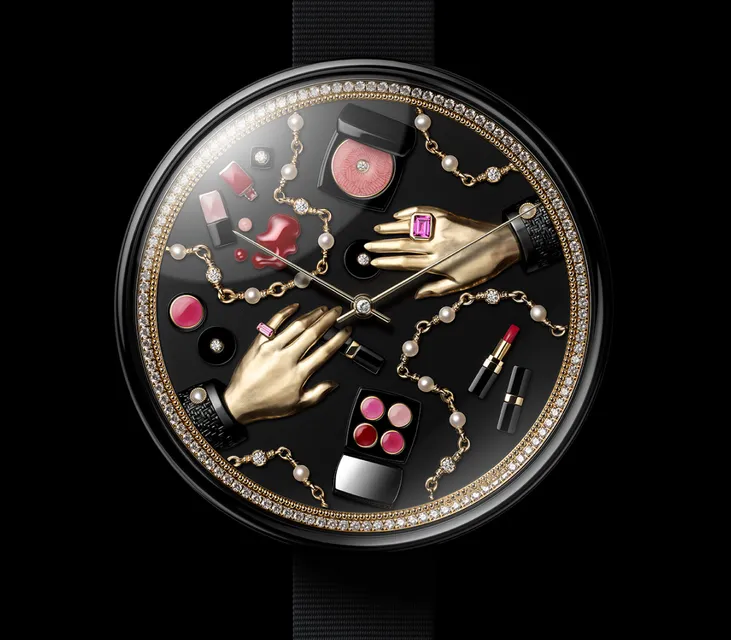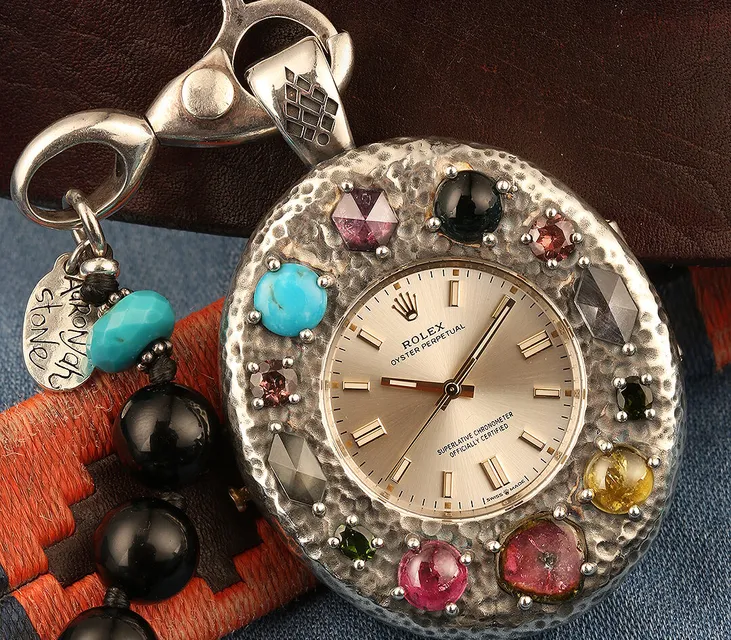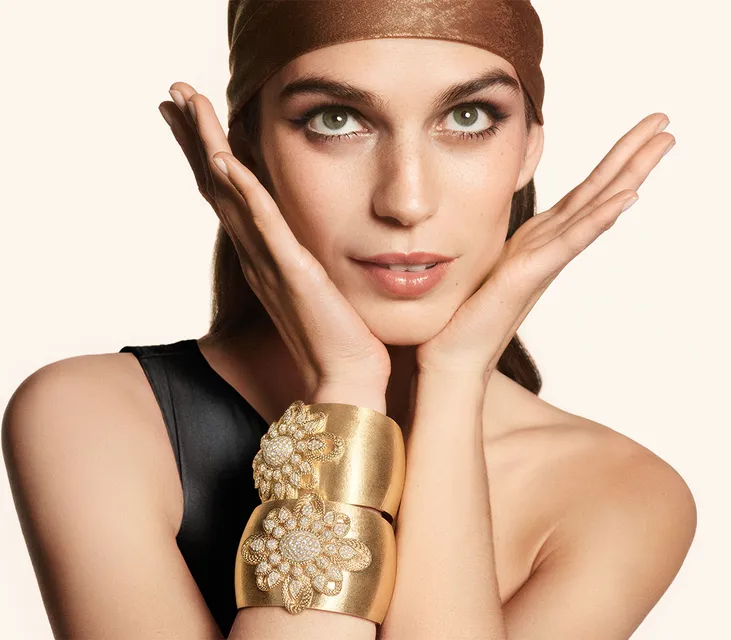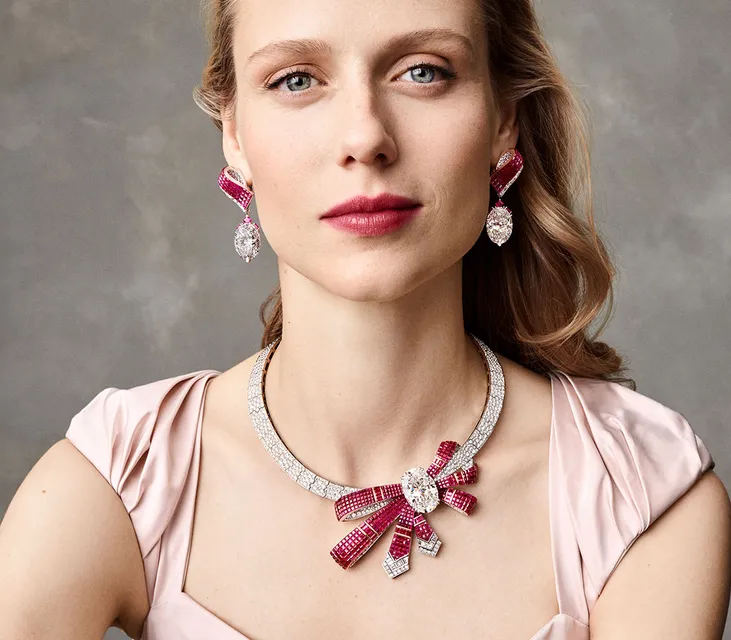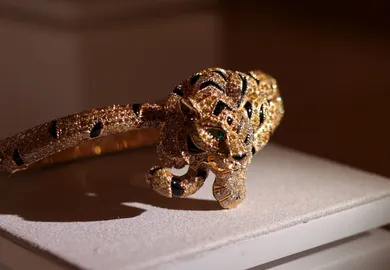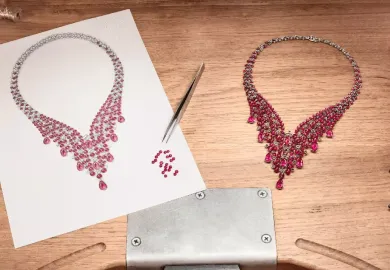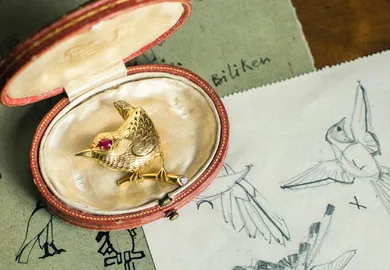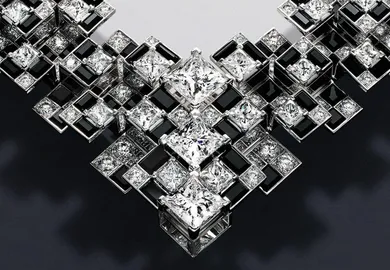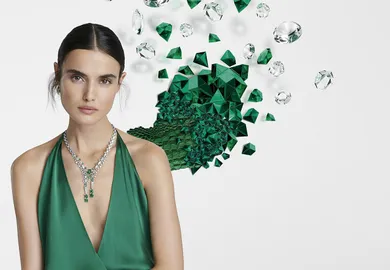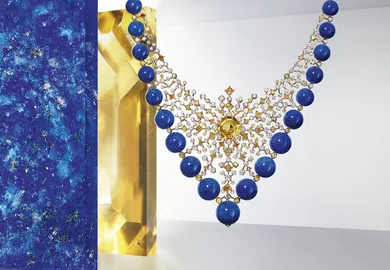

Active Jewels: Perfect Pieces for a Busy Lifestyle
Gone are the days when jewellery could only be worn for the most special of occasions. From the red carpet to the yoga studio, women and men are adorning themselves in precious pieces that bring them joy in their everyday life as well as at glamorous events. Here are some tips to keep in mind when building your everyday jewellery wardrobe.
We are delighted to report that jewellery is becoming one of the most widespread forms of self-expression amongst men and women of all ages. From the neck mess trend to ear-styling and bracelet stacking, the rule of thumb when it comes to jewellery is the more, the merrier. It’s wonderful to be able to express your style through fun and loud pieces; however, it’s also extremely important to pick and choose your pieces depending on the situation. Here are a few key factors to keep in mind when styling your everyday jewellery look for the coffee shop, gym, date night and everything in between…
The Material
No matter what pieces of jewellery you decide to invest in, chances are a large percentage of its surface area will be made from precious metal. When it comes to everyday, never-take-off pieces of jewellery, the best metals you can wear are titanium and platinum. The former is the hardest and most durable metal known to man. It is as light as a feather, making it the perfect wearable material for those of us on the go, and it is almost completely scratch resistant. A bonus is that it is easy to colour, so creating a piece in any bright shade is possible. On the other hand, a drawback is that you cannot resize titanium, so it’s not the best choice for rings. For rings, we recommend platinum -another durable and strong metal that suits all forms of jewellery. Platinum will never tarnish, making it the perfect metal for an engagement band or wedding ring.
A busy lifestyle means we can’t always be extra careful by popping jewellery into a separate pouch when we take it off, especially while travelling. To accommodate the modern woman’s needs, more and more jewellers – Damiani, Chaumet, Boucheron, Chanel to name a few – are using materials like ceramic to make their pieces more durable and less prone to scratching. Ceramic boasts a higher hardness than gold but has other advantages, such as being a lightweight and hypoallergenic material.
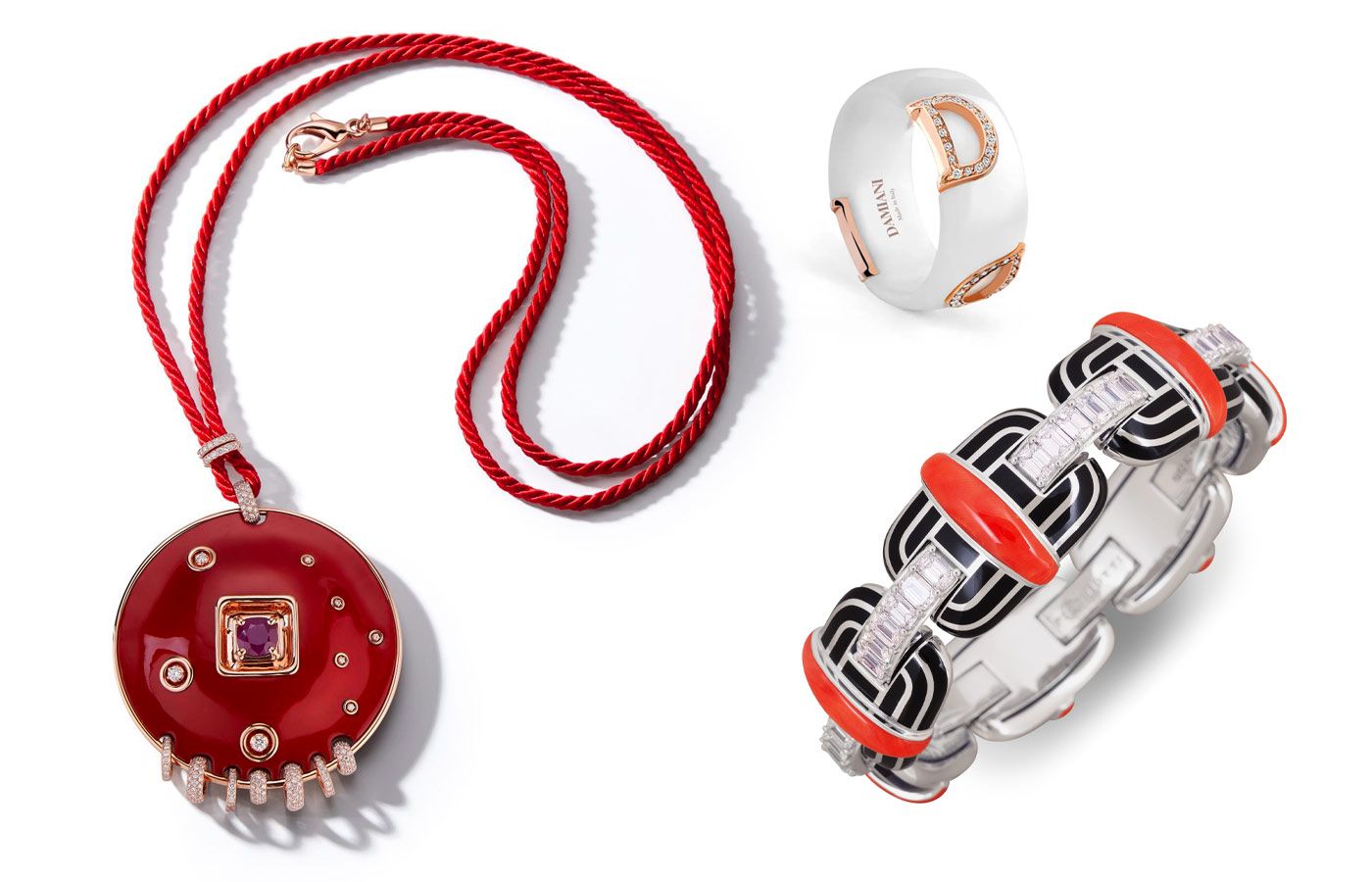
Wilfredo Rosado Tribu pendant in rose gold, red nano ceramic, diamond and ruby, Damiani ring in white ceramic, rose gold and diamond, Picchiotti Xpandable bracelet in white gold, red and black ceramic and diamonds
The Gemstone
Next comes gemstones. There are so many beautiful options to choose from! Mother nature has provided us with a wide range of colourless gems like white sapphires and diamonds to intensely vibrant hues of rubies, emeralds, sapphires, and countless others. When deciding what gemstone you want to wear, it is important to take into account its durability. The more active your lifestyle is, the more durable the gem should be. Gemmologists assess a gemstone’s durability by testing its ability to withstand a series of stresses, including wear, heat, light, everyday chemical exposure (such as household cleaning products), as well as ranging levels of humidity. To do this, three factors are considered: hardness, toughness, and stability.
The hardness of a gemstone relates to its resistance to scratches and abrasions. The best way to determine this is by finding its Mohs scale ranking. Mohs is a form of measurement that ranks the hardness of a gem and mineral on a scale of 1 (soft like talc) to 10 (the hardest). Diamonds score a perfect ten on the Mohs scale, followed by rubies and sapphires at a score of 9. Their high Mohs scale ranking is an important reason why these gems are popular choices for coloured stone engagement rings.
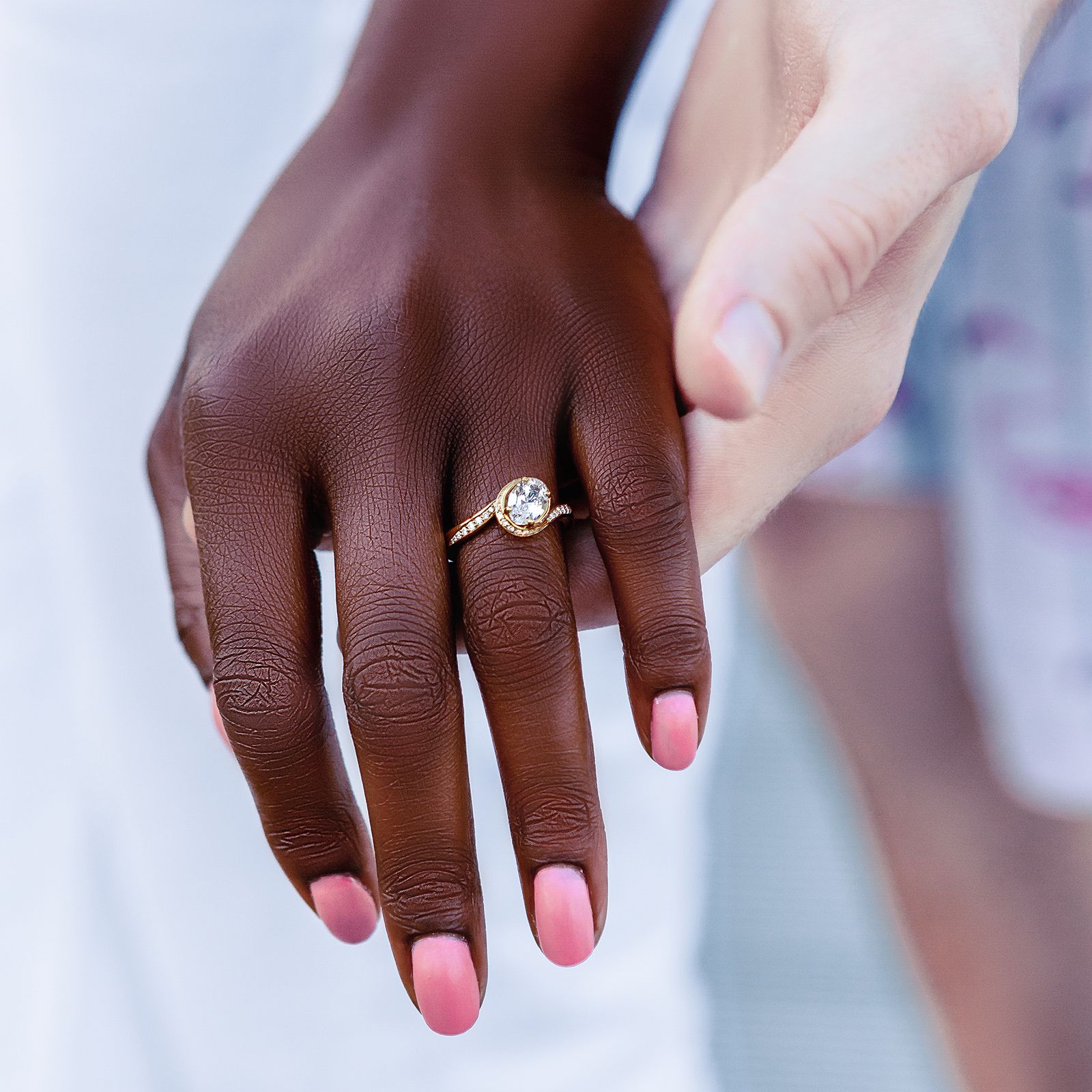
Model wearing Le Ster Jewelry ring in gold and diamond
The toughness of a gemstone relates to its resistance to breaking. It looks at the chemical structure of the gem and determines the ease with which its atoms can break apart. Diamonds, although considered tough gems, can break more easily in certain places depending on their cut. Shapes with thin girdles or exposed edges, such as pear and marquise cuts, are considered more fragile than others. A gemstone’s stability is determined by evaluating its resistance to exposure to chemicals, various light intensities, and changes in temperature or humidity. If you are a swimmer, for instance, it’s best to avoid porous gems like pearls, turquoise and malachite, as these gems easily absorb different liquids and chemicals, such as chlorine which can cause the gem to discolour or degrade. It’s important to note that even though there is no such thing as one gemstone that ranks top scores in all three of these sectors, you can play with each criterion and find the one that is the best fit for your lifestyle.
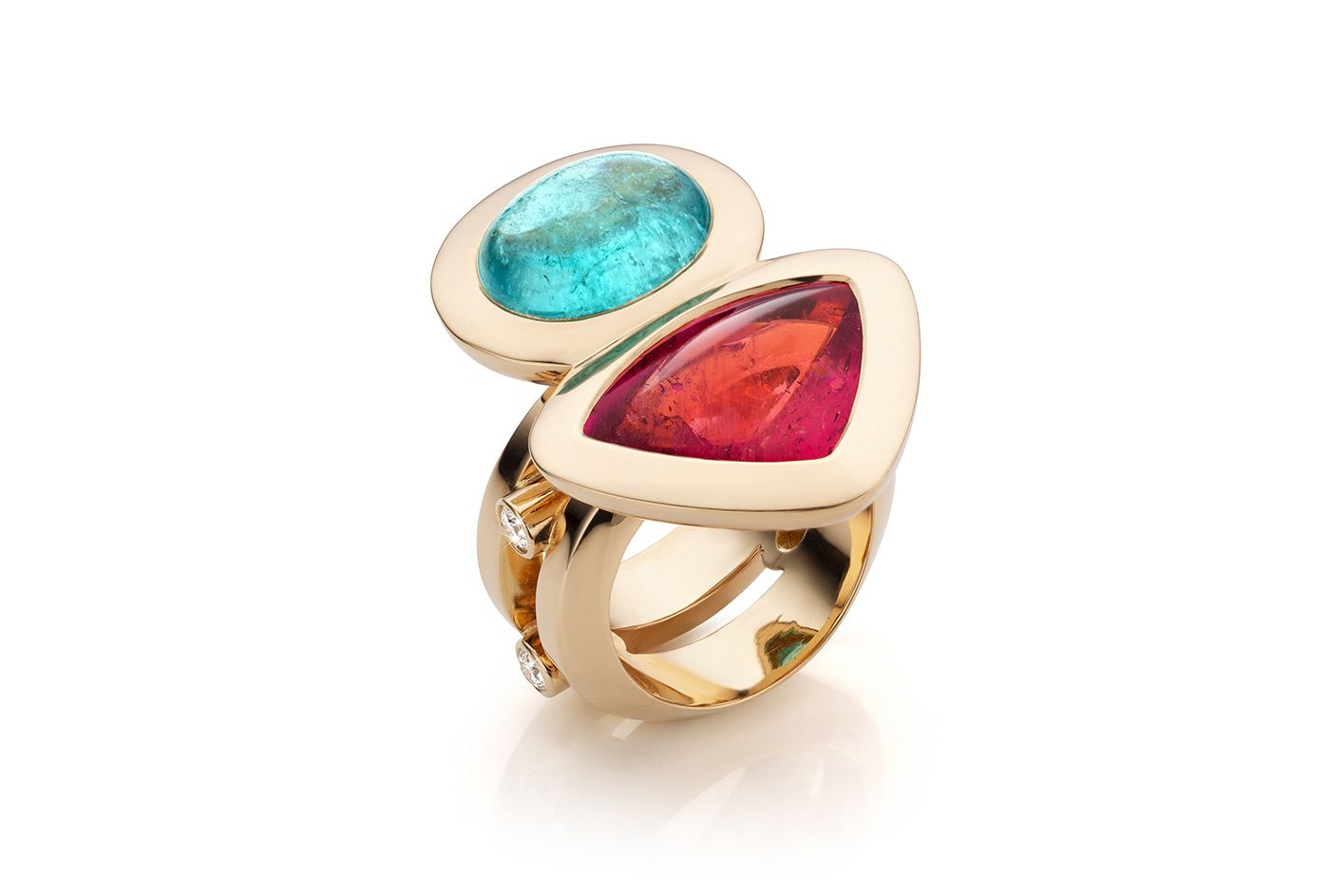
Jochen Leen ring in gold, Paraiba tourmaline and pezzottaite
The Setting
Finally, the importance of protecting your gem from the harsh conditions of everyday life cannot be stressed enough. Choosing a suitable setting to protect any vulnerable points or edges is an absolute must, as these protective settings are what will help you keep your piece of jewellery wearable for a lifetime and even longer! For everyday wear, opt for a setting that surrounds gems. A flush or bezel setting that embeds the gem within its metal mount or a channel setting which allows for minimal interaction between the gemstone and the outside surfaces, will protect against scratches and impacts.
Comfort
And last but not least, it is essential to note that your daily jewellery should be comfortable; we suffer enough from wearing stilettos more often than we would like! Brands are beginning to recognise this aspect of jewellery and pay closer attention to the ergonomics of the pieces they create and how easy they are to put on. For example, Picchiotti has developed an extensive and patented line of jewellery called Xpandable, which is comprised of stretchy precious metal bracelets and rings. They are easy to put on and are a real bonus when your fingers are swollen from heat. There’s no tightness or discomfort thanks to the adjustable flexibility. British Jeweller Nadine Aysoy has a wide range of soft chain rings in her Catena collection that feel lightweight on the hand and adapt to the shape of the fingers. Elsewhere, at Vhernier, the brand has created statement pieces that fit like a glove because the curves of the body are taken into consideration, especially in the Abbraccio, Tourbillon and Aladino collections.
And that concludes our micro-guide on how to assess jewellery for everyday wear. We hope it comes in handy when you are considering making your next jewellery purchase. But above all, the point of wearing a piece of jewellery is not for practicality but for pure joy, so our number one criterion for an everyday piece of jewellery is that it makes you smile whenever you look at it.

WORDS
Livia Primo Lack , a Watches and Jewelry journalist and content creator, has covered all aspects of luxury jewels and timepieces. With a strong background in the editorial world, she has developed a keen eye for emerging designers as well as for groundbreaking innovations from iconic brands
Related Articles
Latest Stories
Add articles and images to your favourites. Just

Reinventing Royalty:The European-Inspired Luxury Behind Isabel Gemology
I started 2025 with a series of articles titled ‘Jeweller of the Month’ to highlight the true talent among niche designers in the jewellery industry. For May, it is Isabel Delgado, the founder of Isabel Gemology, who I would like to shine the spotlight on.
Jewels Katerina Perez Loves
Continue Reading
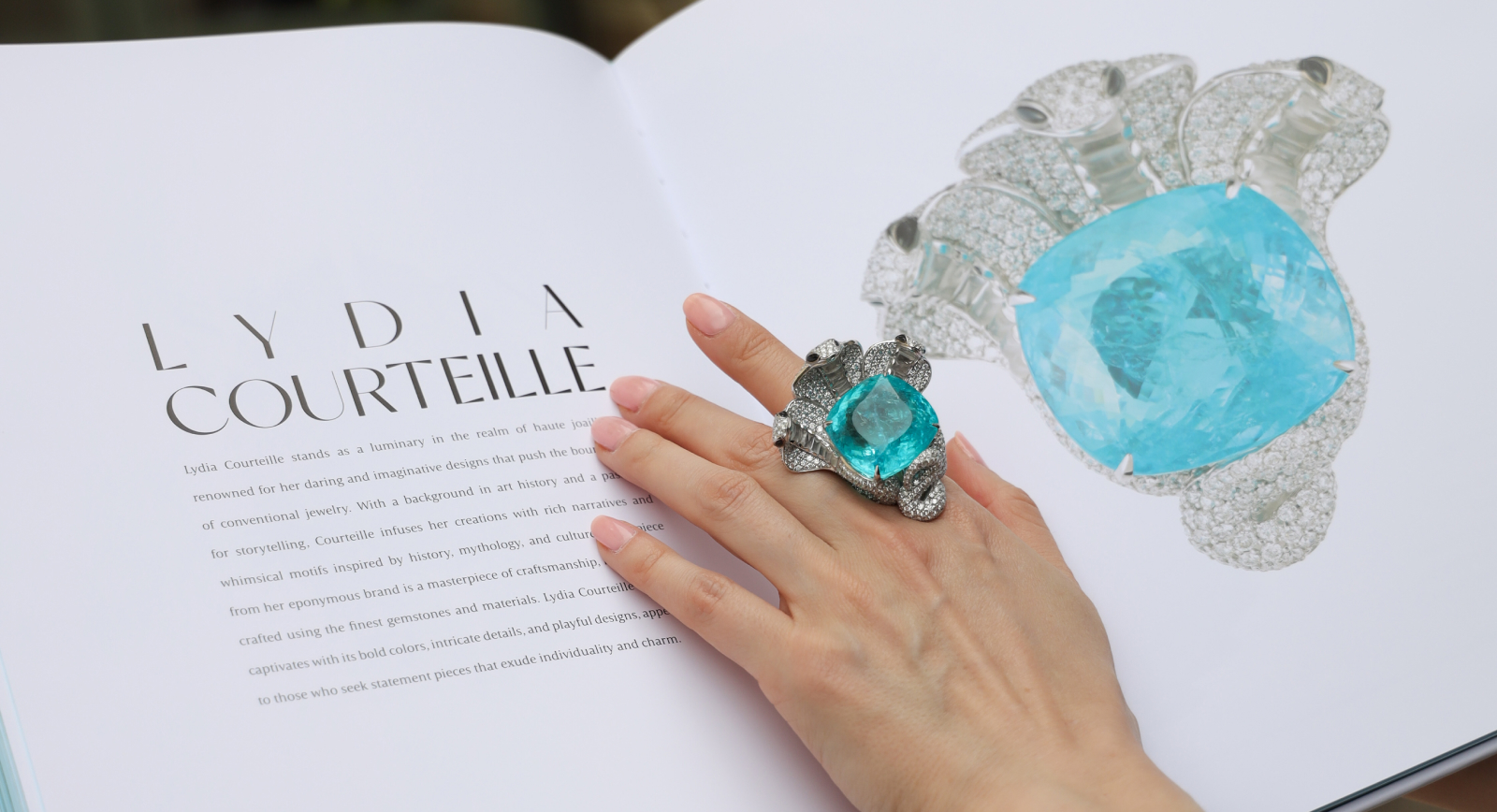
Writing Adventures:Co-Authoring the Book
Paraiba: The Legacy of a Color
Brand Focus: Cartier
Jewellery Insights straight to your inbox
